FUN AF "ATTACHMENT STYLE" CELEBRITY QUIZ
Can you guess the correct attachment style for these famous movie and TV characters?
The 4 Attachment Styles:
-
Anxious - Craves closeness and intimacy and fears rejection
- Avoidant - Values independence, keeps partners at a distance
- Disorganized - A mix of Anxious & Avoidant - desires a close relationship, but is fearful of getting hurt, can send mixed messages (push/pull)
- Secure - Feels safe in relationships, and comfortable with intimacy & independence
Want to be better prepared? Here is my NEW substack article called, "DO YOU KNOW WHAT YOU DON'T KNOW ABOUT YOUR ATTACHMENT STYLE?"
Get at least 80% correct and win a wicked cool gift from me! xo, Janine
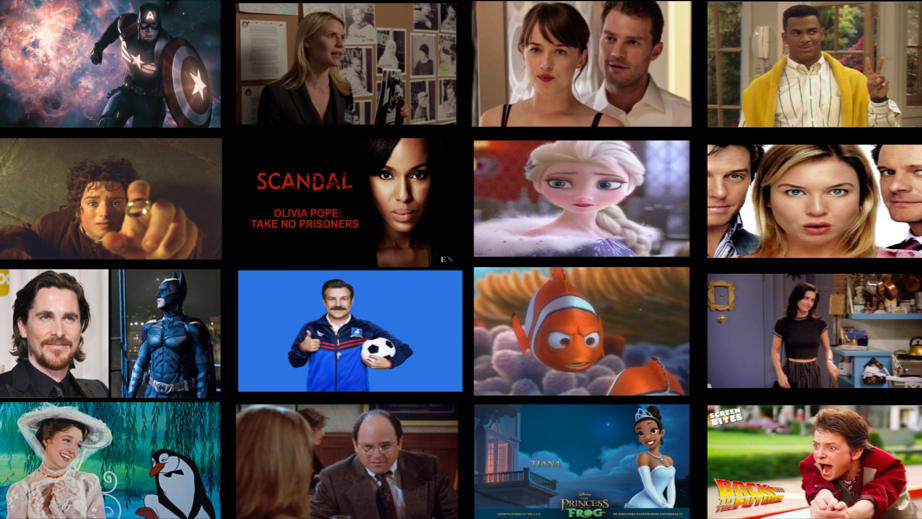
Captain America - This superhero is loyal as they come, always sticking by his team and cherishing old relationships.

Captain America (Steve Rogers)
Attachment Style: Secure Attachment
Captain America, also known as Steve Rogers, from the Marvel comics and film series, exhibits characteristics of a secure attachment style. Steve Rogers is often portrayed as self-assured and confident in his abilities, without being arrogant. This self-assurance, which is not dependent on external validation, is typical of someone with a secure attachment style.
Cap's the kinda guy who's cool in a crisis and still remembers your birthday. You know, reliable, stable, basically the dude you'd call to babysit your goldfish.


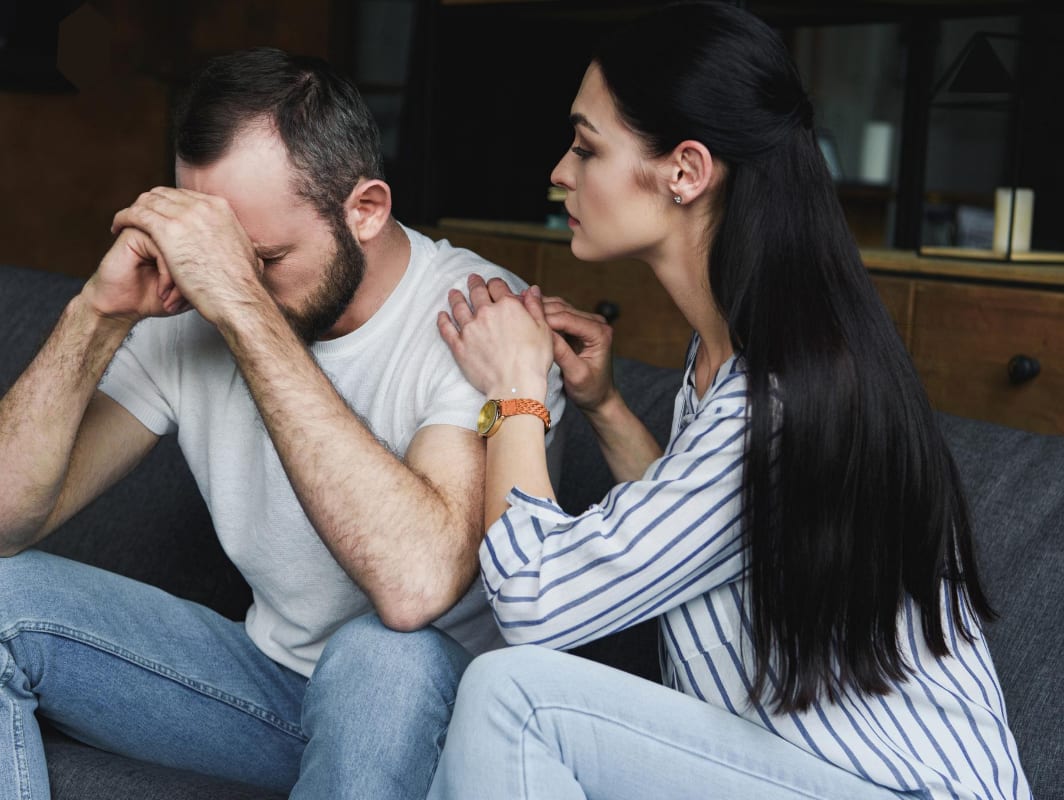

Carrie Mathison - She’s got some serious skills, but when it comes to relationships, it's a rollercoaster of emotions and sometimes a bit obsessive.
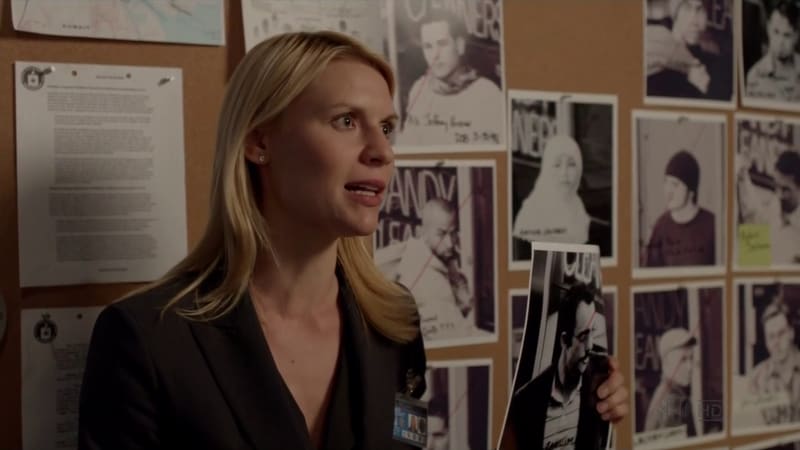
Carrie Mathison (Homeland)
Attachment Style: Anxious Attachment
Carrie Mathison, the protagonist from the TV series "Homeland," exhibits characteristics indicative of an anxious attachment style. This attachment style is often characterized by a deep fear of abandonment, a sense of unworthiness, and a strong desire for intimacy, coupled with anxiety about relationships.
Plus, Carrie tends to over-identify with her relationships, both personal and professional, to the point where they significantly impact her self-esteem and sense of self-worth. This can be seen in her interactions with key characters like Brody and Saul. Her sense of identity seems deeply intertwined with these relationships, a common trait in those with anxious-attachment.
Carrie’s always on edge, man. Like, she could find a conspiracy in a pizza order. "Why'd they give me extra pepperoni? What are they hiding?" Relax, Carrie, it’s just extra pepperoni.
NOTE: It's important to note that Carrie's behaviors are also influenced by her bipolar disorder, a significant aspect of her character in "Homeland." This disorder can exacerbate or influence her attachment behaviors, making her interpersonal dynamics more complex.


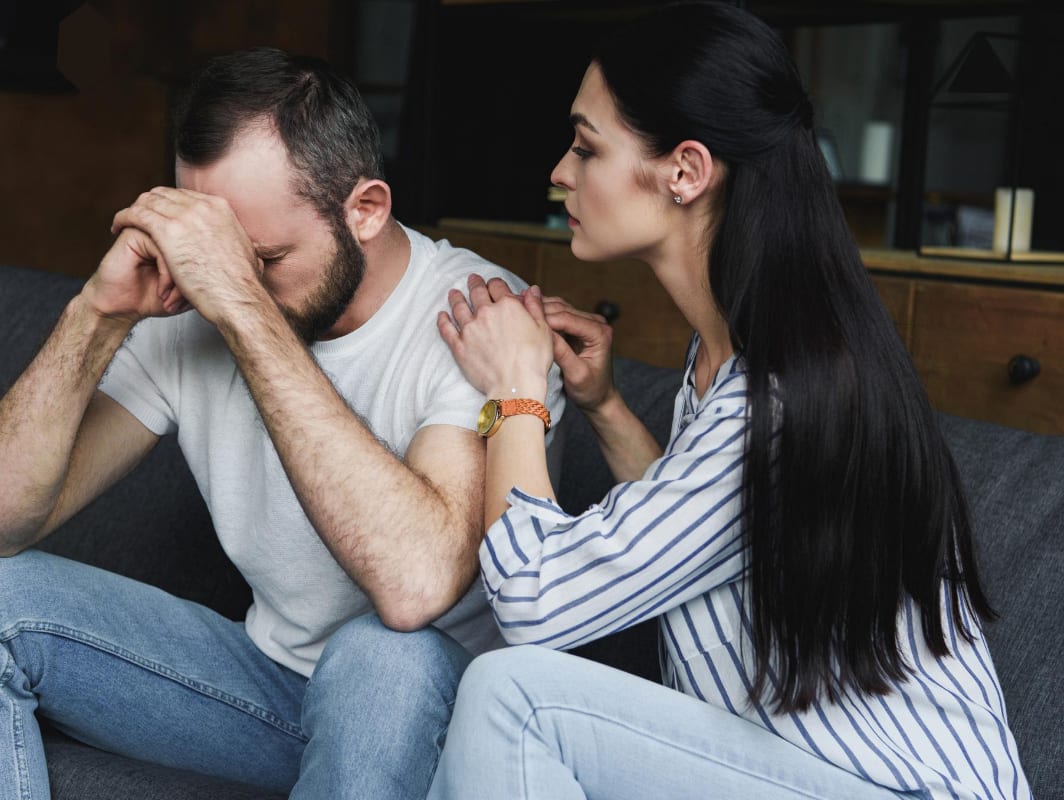

Carlton Banks (Fresh Prince of Bel-Air) - Always seeking approval and trying to fit in, Carlton’s got a heart of gold but he's a bit insecure in his connections.
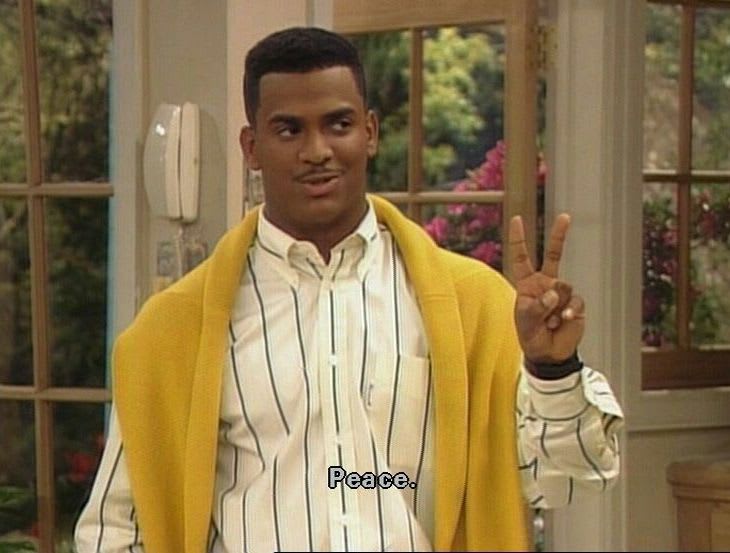
Carlton Banks (Fresh Prince of Bel-Air)
Attachment Style: Anxious Attachment
Carlton Banks, a character from the TV show "The Fresh Prince of Bel-Air," exhibits characteristics that could be indicative of an anxious attachment style. He (often) seeks approval and validation, particularly from authority figures like his father and from his peers at school. This constant need for external validation and fear of disapproval are common in those with an anxious attachment style.
Carlton also struggles with issues of self-esteem and identity throughout the series. He (often) tries to fit in with different groups and is overly concerned with how others perceive him. This behavior indicates a lack of secure self-identity, which is common in individuals with anxious attachment styles.
Carlton, man, you gotta chill with that sweater-vest swag. He's like a walking anxiety attack in preppy clothes. "Will I get into Princeton?" Dude, will you get to the next dance move?


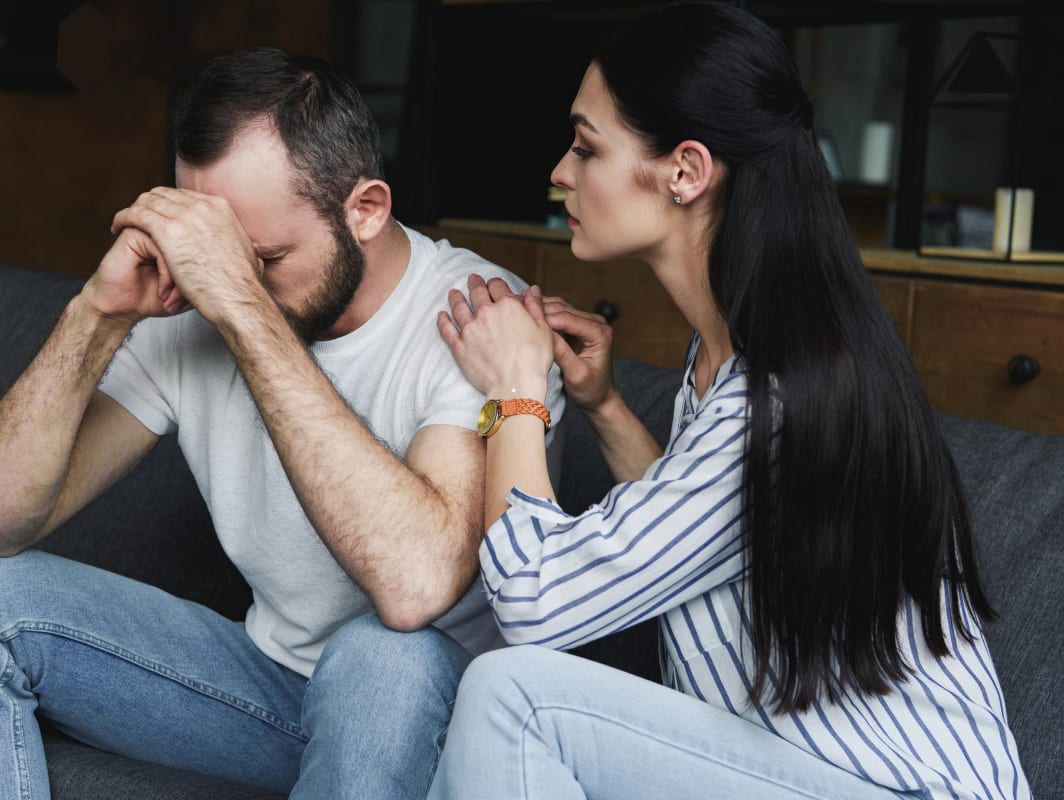

Frodo Baggins (Lord of the Rings) - Small guy, huge courage, but when it comes to trust and letting others in, it's a tough journey.
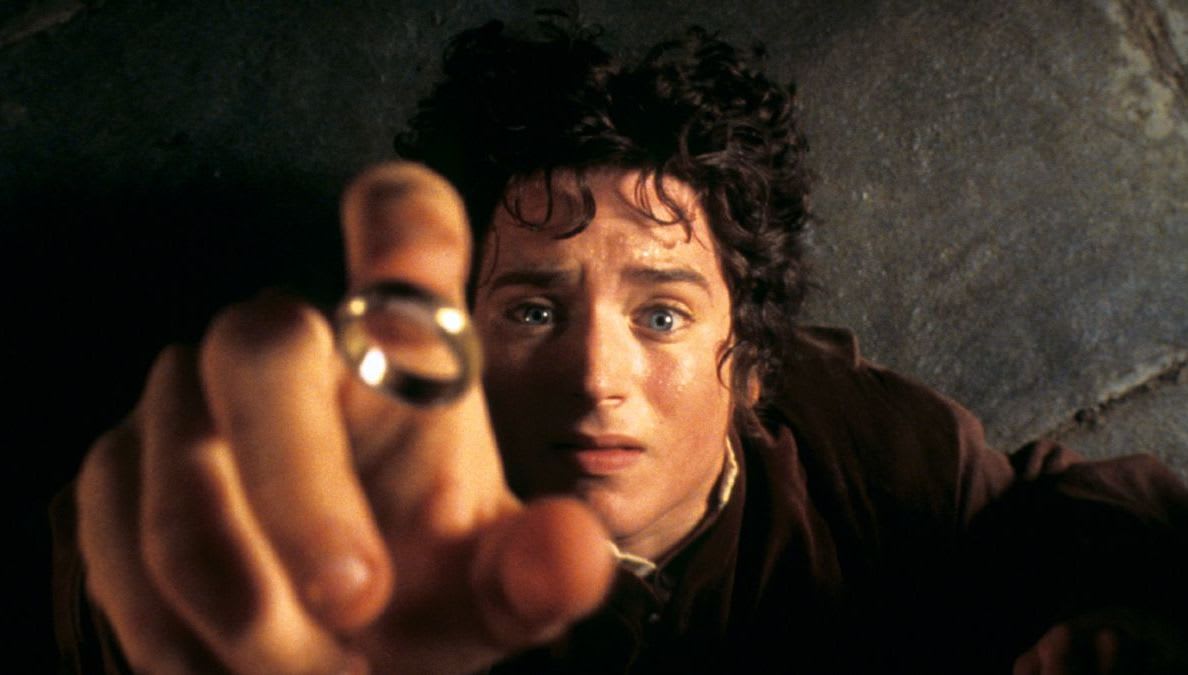
Frodo Baggins (Lord of the Rings)
Attachment Style: Avoidant Attachment
Frodo Baggins, from J.R.R. Tolkien's "The Lord of the Rings," displays some characteristics that could suggest an avoidant attachment style.
Frodo often shows a strong desire for independence and solitude, particularly as the story progresses. He chooses to leave his companions behind and continue the journey to Mordor with only Sam. This preference for dealing with problems alone, without seeking help or support, is a trait commonly associated with an avoidant attachment style.
Although Frodo cares deeply for his friends, he maintains a certain emotional distance and is reluctant to burden others with his struggles. This can be seen in his interactions with Sam, where he tries to spare Sam from the dangers and emotional toll of the journey. Avoidant attachment is often characterized by a reluctance to depend on others or to form deeply emotional bonds.
Frodo’s like, "I don’t need help, I’ll just walk into Mordor alone, thanks." Bro, you’re carrying the scariest ring in the world, maybe let Sam carry your backpack?


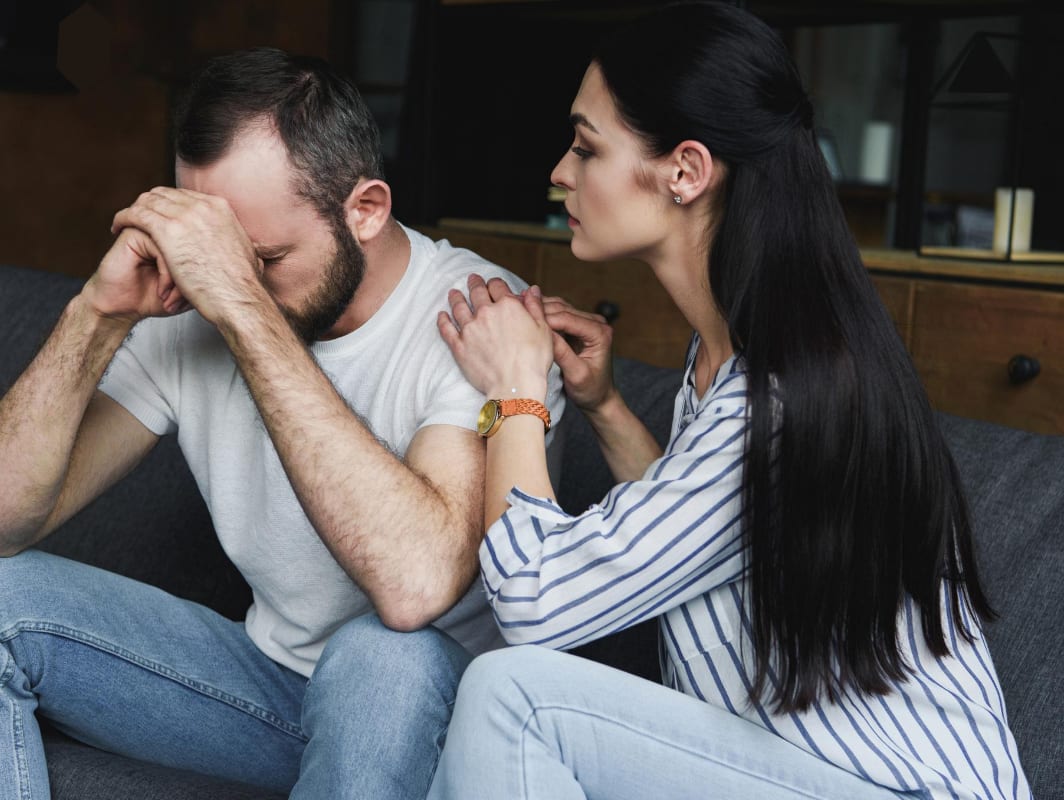

Olivia Pope (Scandal) - She’s a powerhouse at work, but keeps her cards close and emotions locked up when it comes to personal relationships.
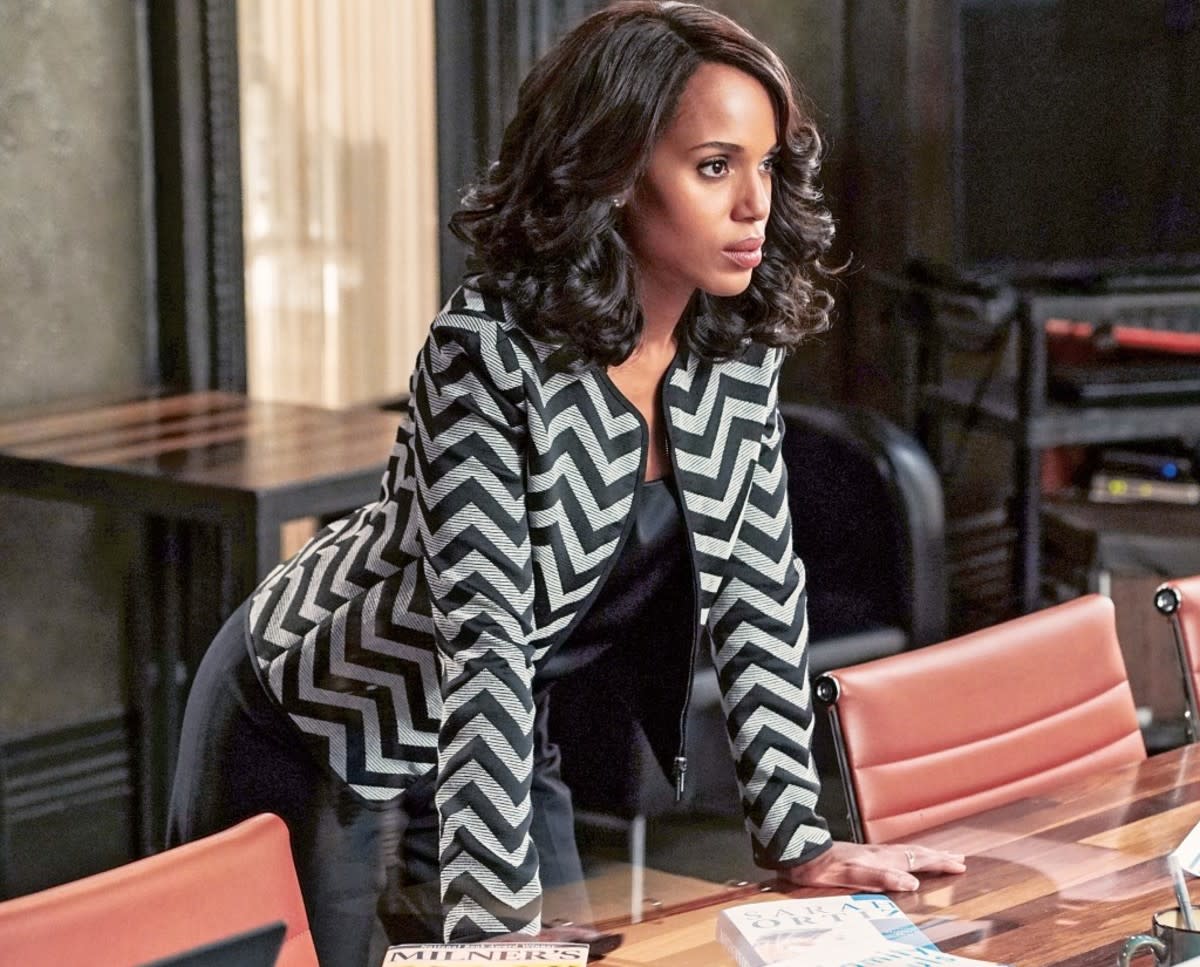
Olivia Pope (Scandal)
Attachment Style: Avoidant Attachment
Olivia Pope, a character from the TV series "Scandal," exhibits several characteristics that suggest an avoidant attachment style.
Olivia often maintains emotional detachment in her personal relationships. Despite deep feelings, she tends to keep her romantic partners at arm's length. This kind of emotional distancing is a hallmark of avoidant attachment, where individuals might feel uncomfortable with too much closeness or intimacy.
Plus, she rarely seeks help or support, preferring to rely on herself. This strong preference for autonomy over interdependence aligns with characteristics of avoidant attachment, where individuals often prioritize self-sufficiency and may feel suffocated by too much closeness.
Olivia's so busy fixing everyone else's life, she doesn’t have time for her own. "It’s handled." Yeah, but who's handling your love life, Liv?


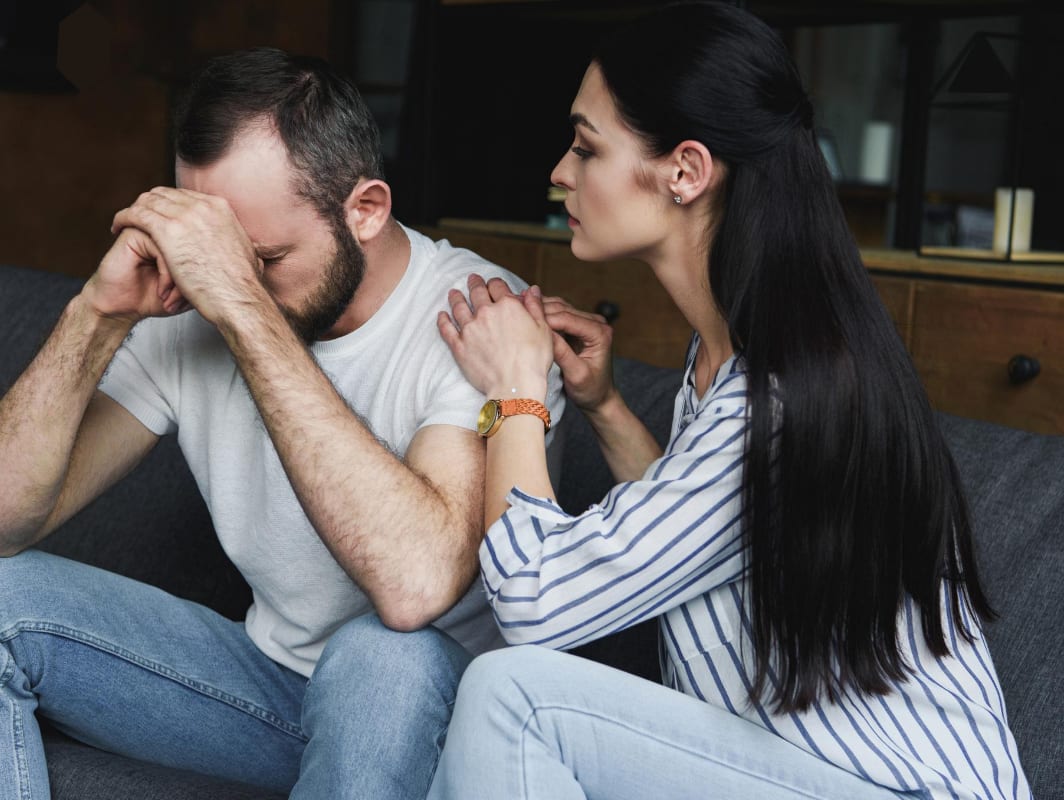

Elsa (Frozen) - “Let It Go” isn't just her theme song, it's her approach to relationships: keeping people at arm's length to protect herself and them.
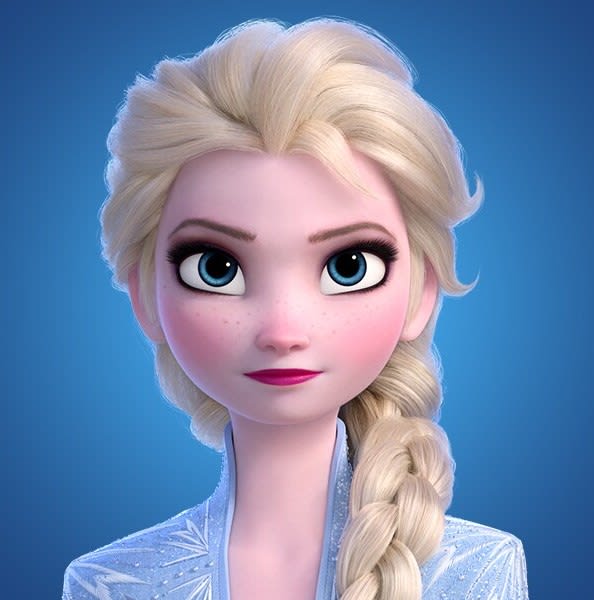
Elsa (Frozen)
Attachment Style: Avoidant Attachment
Elsa, a character from Disney's "Frozen," exhibits traits more aligned with an avoidant attachment style rather than an anxious one.
For much of her early life, Elsa isolates herself, especially from her sister Anna, due to her fear of harming others with her powers. This withdrawal and self-imposed isolation are characteristic of an avoidant attachment style, where individuals often distance themselves emotionally from others to avoid vulnerability or perceived threat.
Elsa shows a high level of self-reliance, taking on the responsibility of her powers and the kingdom alone. She initially refuses help and insists on dealing with her problems by herself. This preference aligns with avoidant attachment characteristics.
Elsa’s theme song is "Let It Go," but it should be "Leave Me Alone." Building ice castles to avoid people? That’s next-level ghosting.


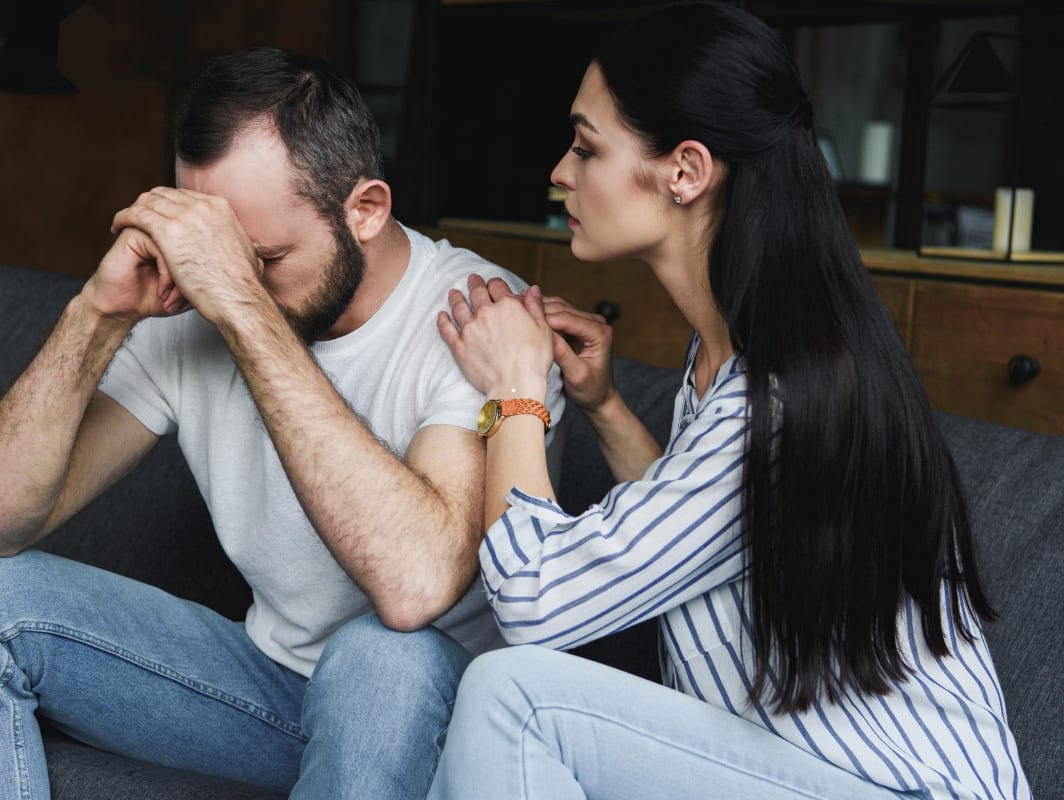

Bridget Jones (Bridget Jones's Diary) - A bit clumsy, totally relatable, always trying to find the right guy but often insecure about where she stands.
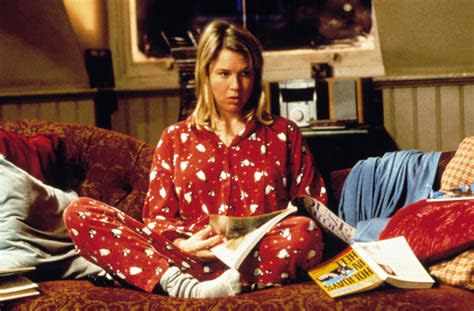
Bridget Jones (Bridget Jones's Diary)
Attachment Style: Anxious Attachment
Bridget Jones, the protagonist from the "Bridget Jones" series, displays traits indicative of an anxious attachment style.
Bridget often exhibits a fear of abandonment and rejection, particularly in her romantic relationships. She frequently worries about her partners' feelings towards her and their commitment, which can lead to a need for constant reassurance. This fear of losing important relationships is characteristic of an anxious attachment style.
And, yes, Bridget frequently struggles with low self-esteem and self-doubt, particularly regarding her appearance, career, and romantic life. This lack of self-confidence can lead her to question her value in her relationships, further fueling her anxieties and insecurities in these connections.
O-kay, so she's a bit clumsy, but that makes her totally relatable. Like she's always trying to find the right guy but often insecure about where she stands. Bridget’s like, "I will find love after this tub of ice cream and five diary entries." Girl, your Mr. Right might be outside, not in your fridge.


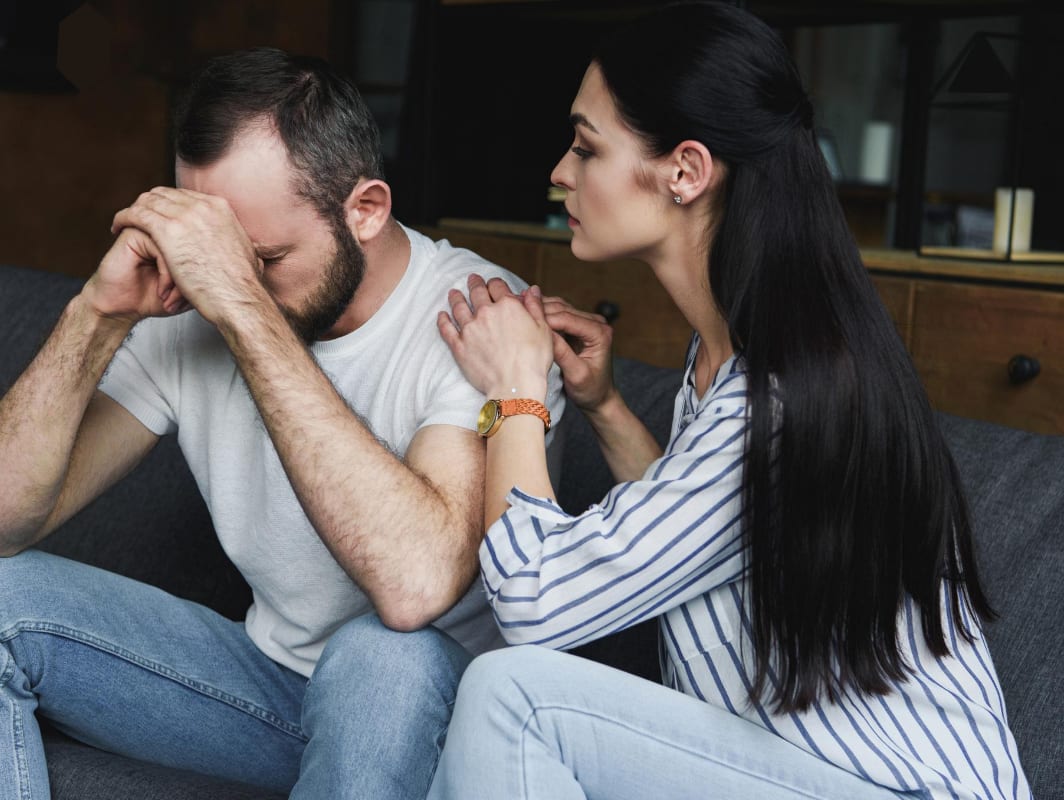

Ted Lasso - Yes, he has anxiety, but when it comes to relationship, this TV super coach, who has a heart of gold, is ALWAYS there for his team and friends, believing in the good in everyone.
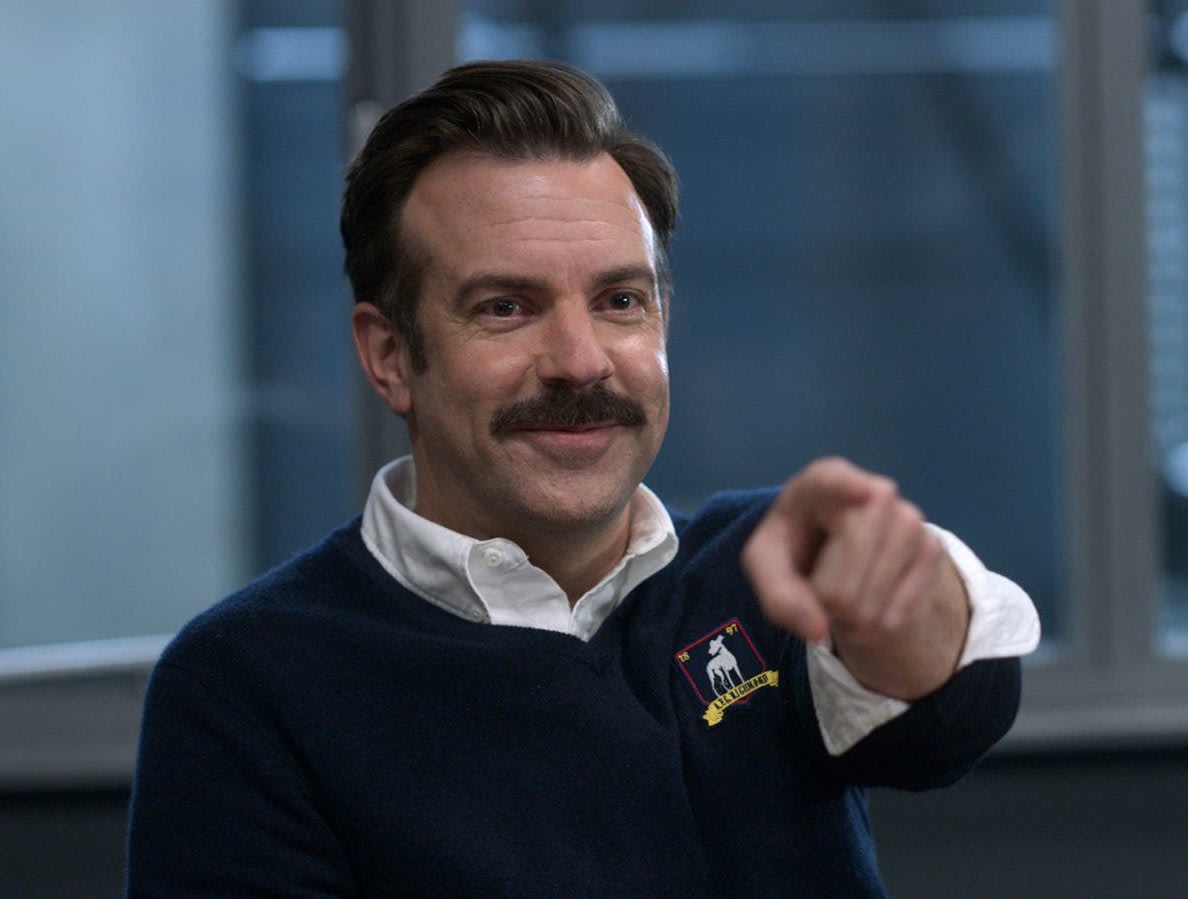
Ted Lasso (Ted Lasso)
Attachment Style: Secure Attachment
Ted Lasso, the main character of the TV show "Ted Lasso," exhibits several characteristics that suggest a secure attachment style.
For instance, Ted consistently demonstrates a positive and trusting approach to his relationships, both in personal and professional contexts. He shows a genuine belief in the goodness and potential of others, a trait often found in individuals with a secure attachment style. This trust and positivity enable him to form healthy, supportive relationships.
Also, throughout the series, Ted is open and communicative about his feelings. He is comfortable expressing vulnerability, a hallmark of secure attachment. He actively listens to others and encourages open dialogue, fostering an environment of mutual respect and understanding.
Plus, Ted displays a healthy balance between independence and interdependence. He is self-assured and confident in his abilities but also values collaboration and teamwork. He doesn't hesitate to seek support when needed, nor does he shy away from offering help. This balance is indicative of secure attachment, where there is a comfortable reliance on others without losing one's sense of self.
Ted’s the dude who’ll make you feel good about losing. "Hey, you might’ve missed the goal, but you kicked that grass real good!" Positivity level: expert. (#nocap)




Marlin (Finding Nemo) - Overprotective dad alert! He swims across the ocean for his son, but man, he's a worrywart.
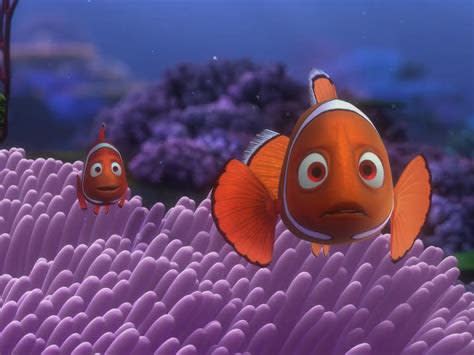
Marlin (Finding Nemo)
Attachment Style: Anxious Attachment
Marlin, Nemo's father from the movie "Finding Nemo," exhibits characteristics indicative of an anxious attachment style.
Marlin's behavior is largely driven by the fear of losing Nemo, especially after the tragic loss of his wife and other offspring. This fear leads to extreme overprotectiveness, a common trait in individuals with an anxious attachment style. Marlin is constantly worried about Nemo's safety, to the point of being controlling.
Marlin struggles to allow Nemo to have independence, often due to his own anxieties. He finds it hard to trust that Nemo can handle situations on his own. This difficulty in letting go and allowing his son to experience the world independently is reflective of an anxious attachment, where there can be a fear that independence in the attached person could lead to abandonment or harm.
Yup, overprotective dad alert! He swims across the ocean for his son, but man, he's a worrywart. Marlin is every overprotective parent. "Don’t swim there, don’t touch that!" Chill, Marlin, Nemo's got more survival skills than you think.




Tiana (The Princess and the Frog) - Hardworking and ambitious, she knows how to balance her dreams and her love life.
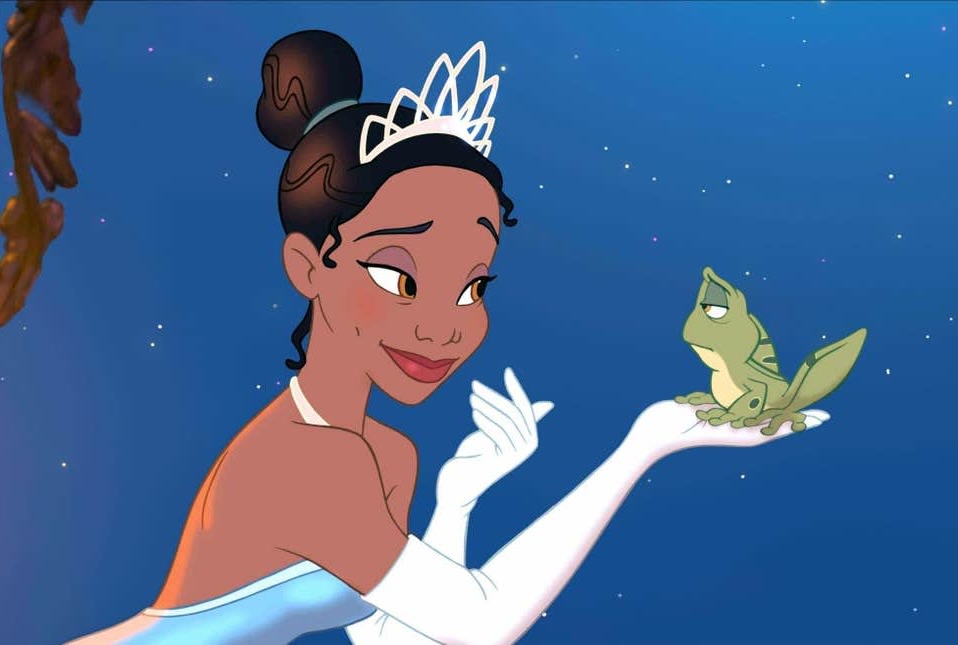
Tiana (The Princess and the Frog)
Attachment Style: Secure Attachment
Tiana from "The Princess and the Frog" displays several characteristics indicative of a secure attachment style.
Tiana is portrayed as a highly confident and independent individual. She has clear goals (like opening her own restaurant) and works diligently towards them. This level of independence and self-reliance is often seen in individuals with secure attachment styles, as they are comfortable both with themselves and in pursuing their aspirations.
Throughout the movie, Tiana maintains a positive and realistic approach to relationships. She is able to form a strong, healthy bond with Prince Naveen, demonstrating her ability to connect deeply and trust others. This reflects a secure attachment style, where individuals are generally comfortable with intimacy and are capable of forming stable, loving relationships. And she doesn't lose sight of her own goals when she falls in love, nor does she completely shun the idea of love for the sake of independence. This balance is a hallmark of secure attachment.
Tiana's got her life more together than a recipe. She’s like, "I’ll kiss a frog, run a restaurant, no biggie." That’s confidence right there!




Monica Geller (Friends) - Obsessive about cleanliness and control, but in relationships, she's all in, sometimes a bit too much.
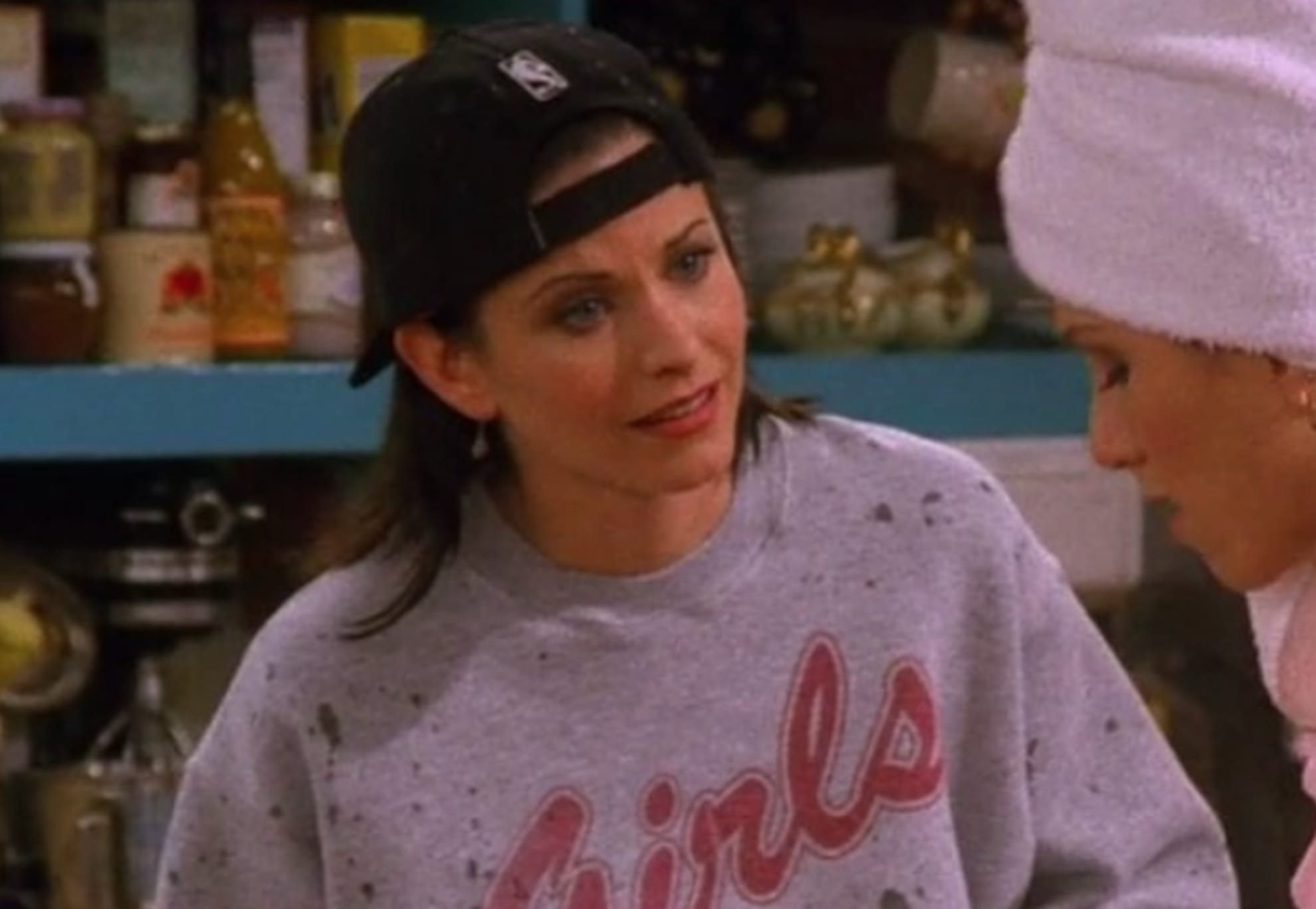
Monica Geller (Friends)
Attachment Style: Anxious Attachment
Monica Geller from "Friends" demonstrates an anxious attachment style primarily through her behaviors and interactions. She often seeks validation and approval, as evident in her need for perfection in her apartment and cooking. Her reactions to potential breakups are intense, reflecting a deep fear of abandonment. This need for constant reassurance and her intense fear of being alone are classic signs of an anxious attachment style.
Additionally, Monica's tendency to be overly invested in her relationships further indicates an anxious attachment. She often prioritizes the needs of her partners over her own, as seen in her relationship with Richard where she considers significant life compromises. This over-dependence on relationships for emotional well-being and self-esteem is characteristic of individuals with an anxious attachment style.
Monica’s the friend who’ll clean your house and then worry if it’s clean enough. "I found a spot!" Monica, that’s a shadow.




Batman (Bruce Wayne) - Behind the mask, he's a guy who struggles to get close to anyone, haunted by his past.
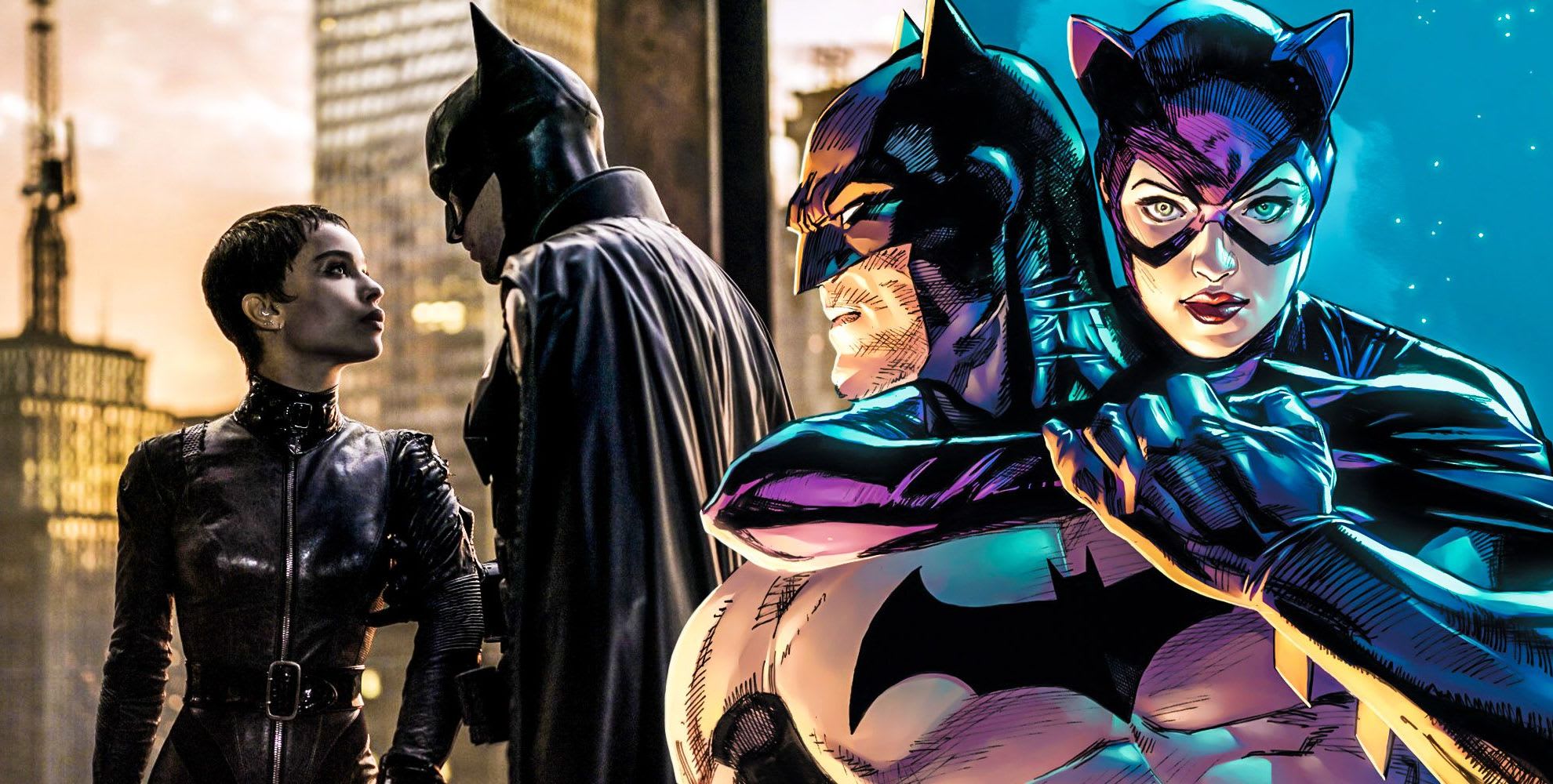
Batman (Bruce Wayne)
Attachment Style: Avoidant Attachment
Batman, the iconic character from DC Comics, displays several characteristics indicative of an avoidant attachment style. His tendency to maintain emotional distance from others, including close allies, and his reluctance to show vulnerability are key indicators. This emotional detachment is coupled with a strong emphasis on independence and self-sufficiency, often seen in his preference to undertake missions alone and rely heavily on his personal skills and resources.
Moreover, Batman's difficulty in forming and maintaining close, intimate relationships further exemplifies an avoidant attachment style. Despite having allies, his relationships often lack the depth and emotional connection typical of securely attached individuals. This pattern reflects an underlying discomfort with emotional closeness and dependence, common in those with avoidant attachment.
Batman’s like, "I work alone" - dude, you have a butler, a sidekick, and like, a whole cave of gadgets. Alone, really?


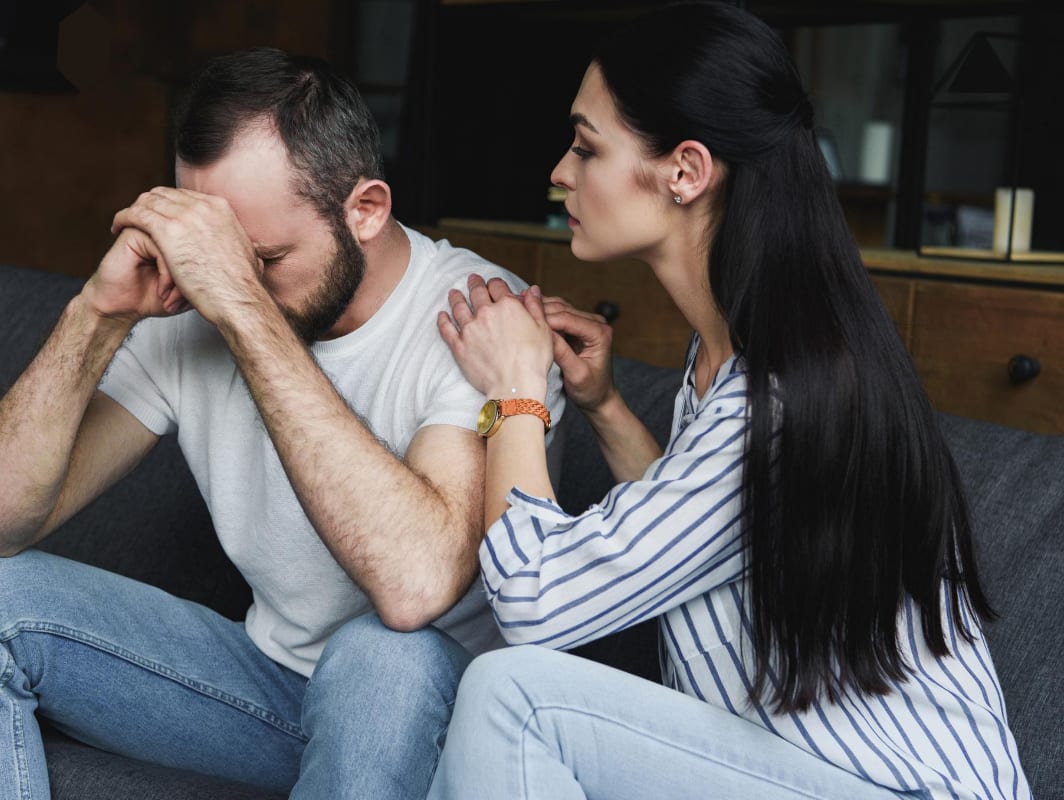

George Costanza (Seinfeld) - Insecure? Check. Paranoid? Double check. George is the king of overthinking every relationship.
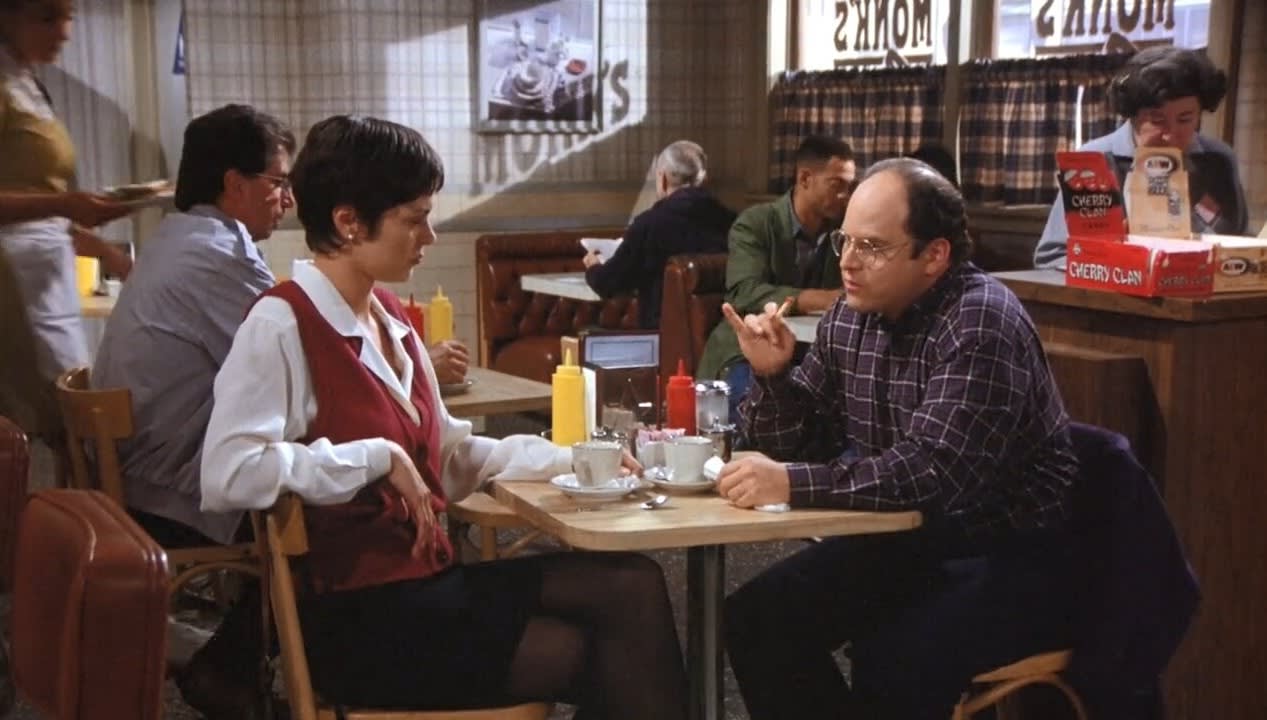
George Costanza (Seinfeld)
Attachment Style: Anxious Attachment
George Costanza from "Seinfeld" demonstrates an anxious attachment style through his intense fear of rejection and need for constant reassurance in relationships. His behaviors, such as overanalyzing social interactions and seeking continuous validation from friends and romantic partners, reflect a deep-seated insecurity.
Additionally, his tendency to overreact to minor relationship issues highlights his heightened sensitivity to relationship dynamics, a common trait in individuals with an anxious attachment style.
George’s motto: expect disaster and you’ll never be disappointed. He’s got more neuroses than a sitcom has laughs.


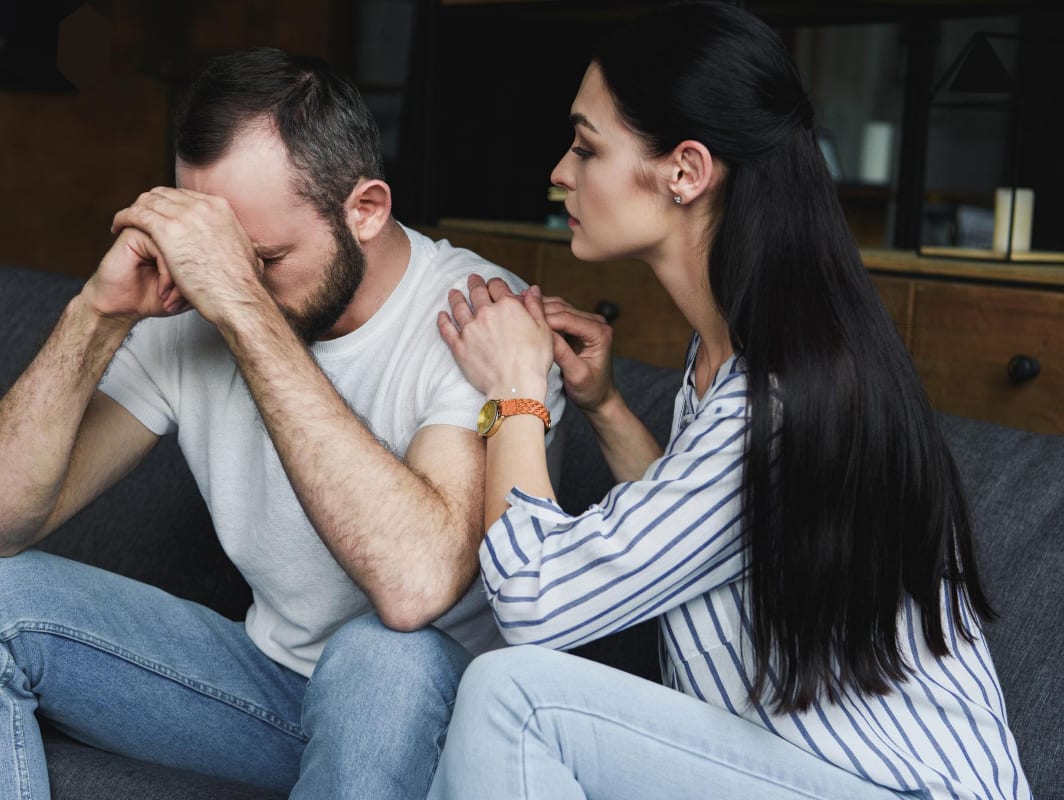

Marty McFly (Back to the Future) - Cool under pressure, but when it comes to relationships, he's pretty chill and balanced.
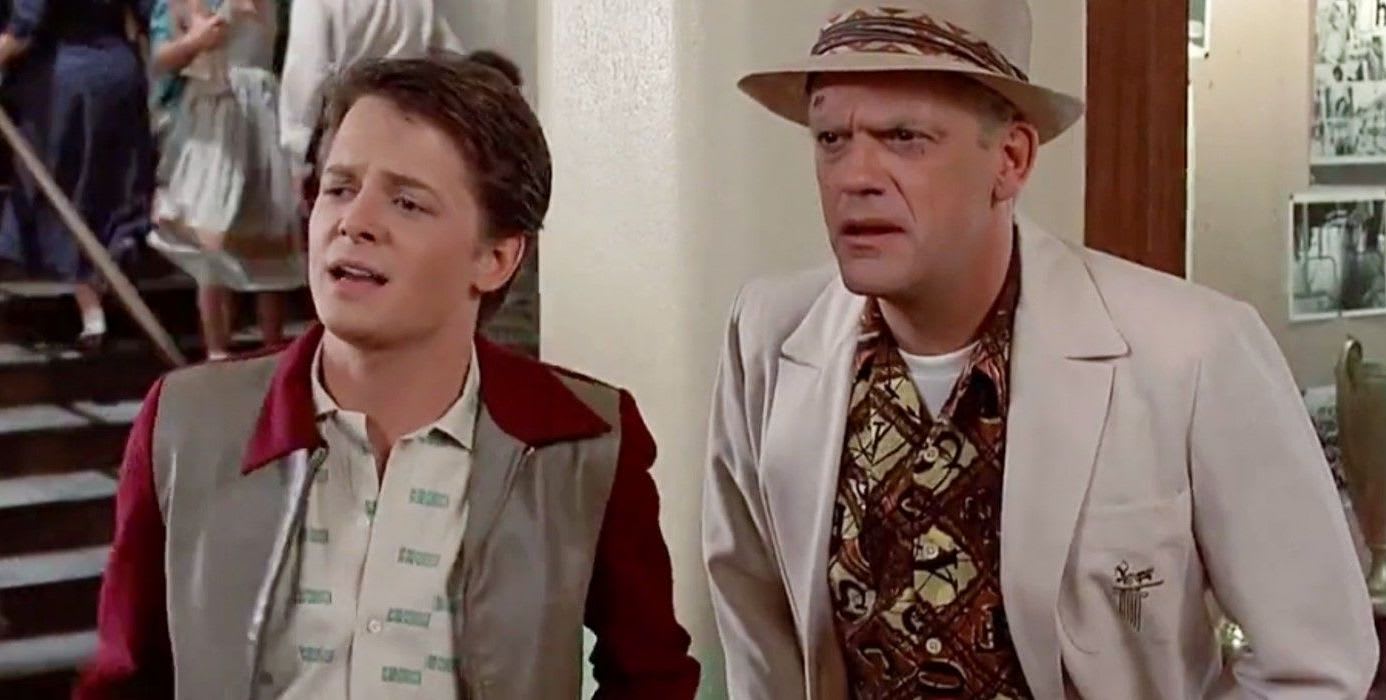
Marty McFly (Back to the Future)
Attachment Style: Secure Attachment
Marty McFly from "Back to the Future" showcases a secure attachment style through his confidence and resilience. He adapts well to various challenging situations, demonstrating the kind of self-assurance and adaptability that is typical in individuals with a secure attachment style. His ability to handle unexpected events with ease and maintain his confidence is a clear indicator of this psychological trait.
In his interactions, Marty exhibits healthy relationships characterized by trust, mutual respect, and a balanced dynamic. He has strong, positive connections with key figures like his parents, girlfriend, and Doc Brown, reflecting the stable and intimate bonds associated with secure attachment.
Furthermore, his positive self-image and optimistic approach to life underscore his secure attachment, as he consistently shows a stable and balanced approach to both life's challenges and his relationships.
Give the guy a hoverboard or a DeLorean, and he’s like, "Let’s do this!" Chill factor: timeless.




Ron Weasley (Harry Potter) - Despite always being loyal to his friends, he often gets insecure. Perhaps it's becasue Ron is the sixth of seven children?
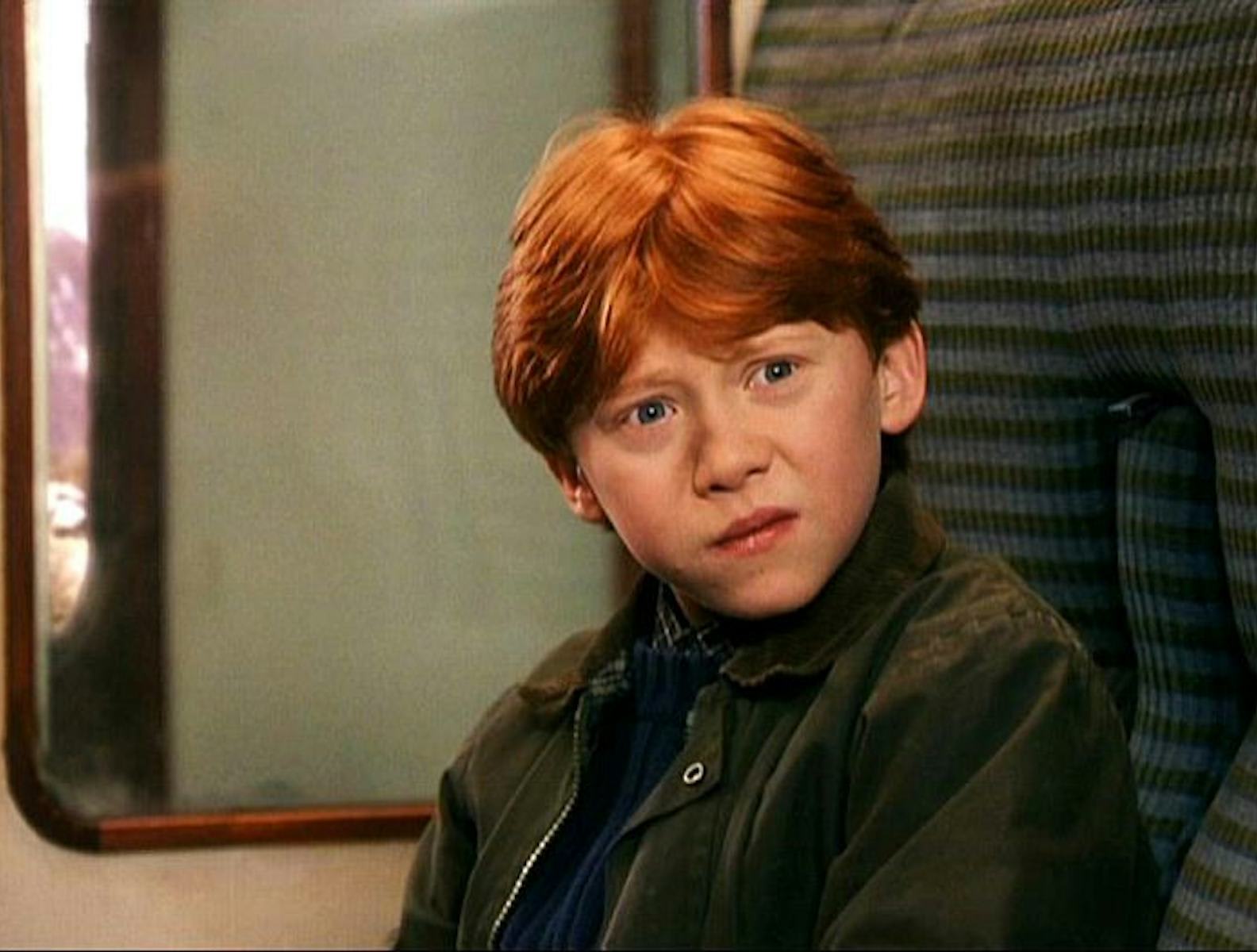
Ron Weasley (Harry Potter)
Attachment Style: Anxious Attachment
Ron Weasley from the "Harry Potter" series exhibits traits indicative of an anxious attachment style, primarily seen in his continual need for reassurance and validation. He often feels overshadowed by his siblings and his famous friend, Harry Potter, leading to a persistent fear of inferiority. This is particularly evident in his friendships and romantic relationships, where he constantly seeks validation and fears not being good enough.
Additionally, Ron shows jealousy and insecurity in his relationships, reacting with heightened sensitivity to potential romantic rivals or perceived lack of interest from partners. His tendency to overreact to conflicts and misunderstandings further underscores his anxious attachment style.
These behaviors highlight Ron's constant worry about the stability and security of his relationships, a characteristic typical of individuals with an anxious attachment style.


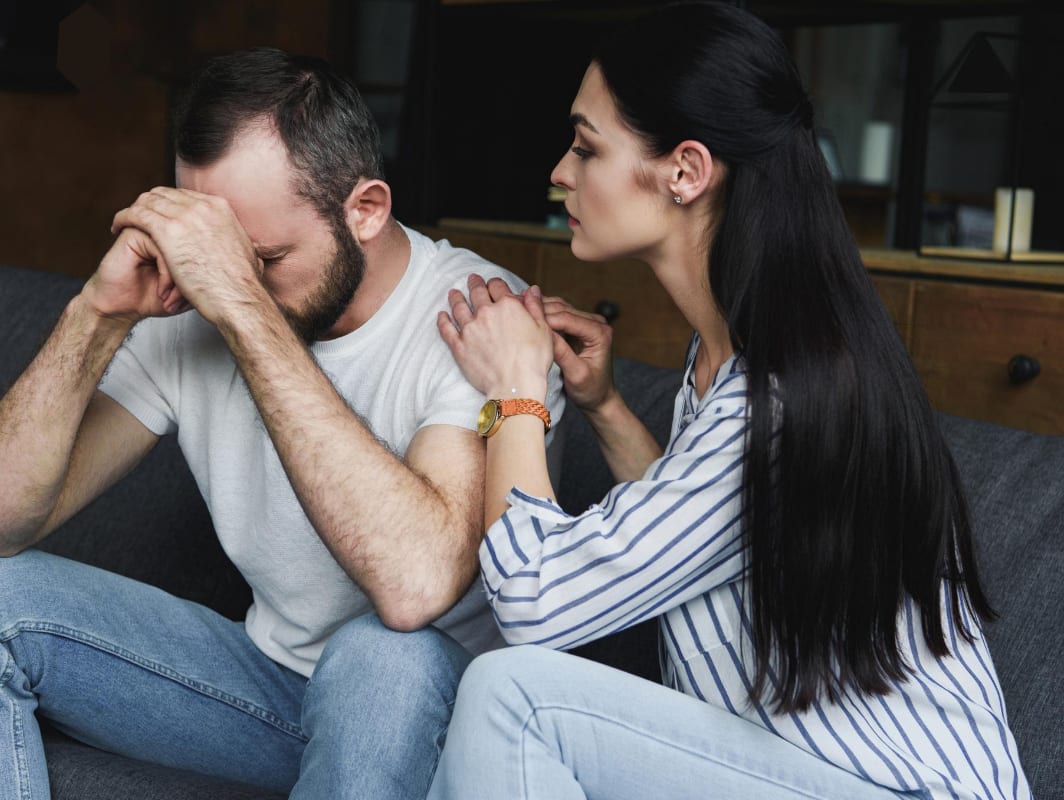

Dr. Gregory House (House) - Brilliant, but man, does he push people away or what?
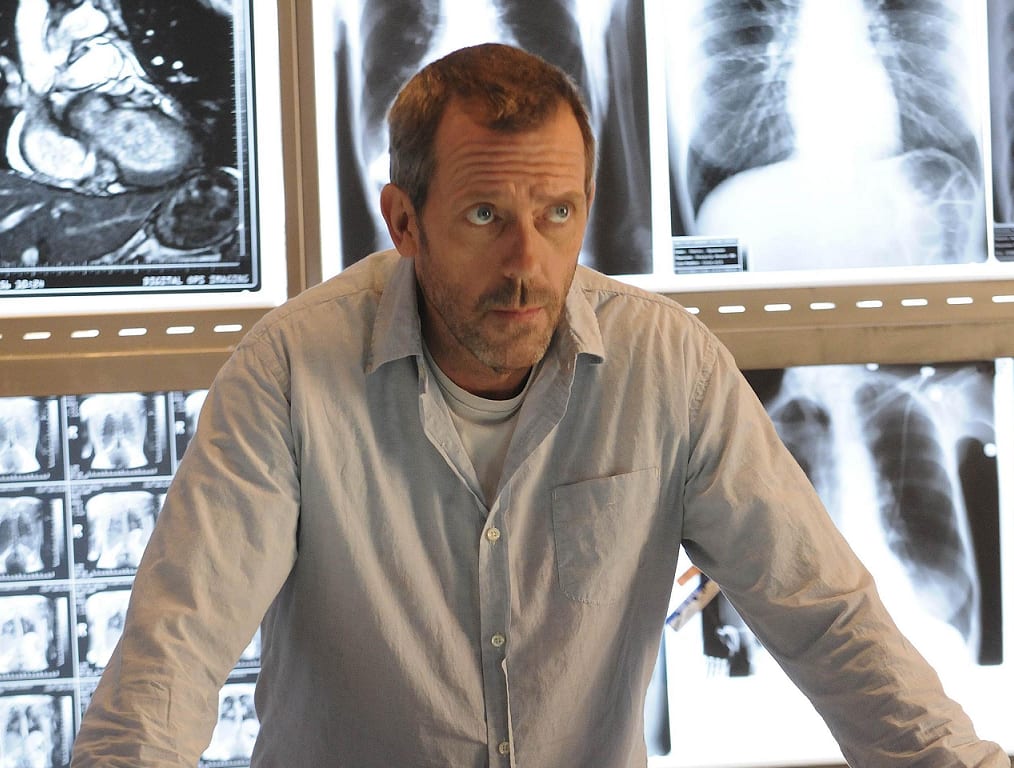
Dr. Gregory House (House)
Attachment Style: Avoidant Attachment
Dr. Gregory House from "House M.D." exhibits an avoidant attachment style, significantly influenced by his past traumatic experiences and feelings of betrayal. His most impactful trauma stems from a severe leg injury and chronic pain, coupled with emotional betrayal from his ex-girlfriend, Stacy, who made a medical decision against his wishes. These experiences contribute to his deep-seated mistrust and avoidance of close emotional ties, intensifying his reluctance to form vulnerable, intimate relationships.
House's personality is marked by emotional detachment and cynicism, especially evident in his personal relationships. He often opts for sarcasm and detachment over vulnerability and emotional dependence, a common trait in avoidant attachment.
His fear of dependency and intimacy is apparent in his interactions with colleagues and friends, where he maintains a barrier against deep emotional connection. This combination of past trauma and fear of intimacy defines House's complex and avoidant approach to relationships and his broader worldview.
House is the guy who’d diagnose you, insult you, and save your life all in one hour. "Thanks, I guess?"


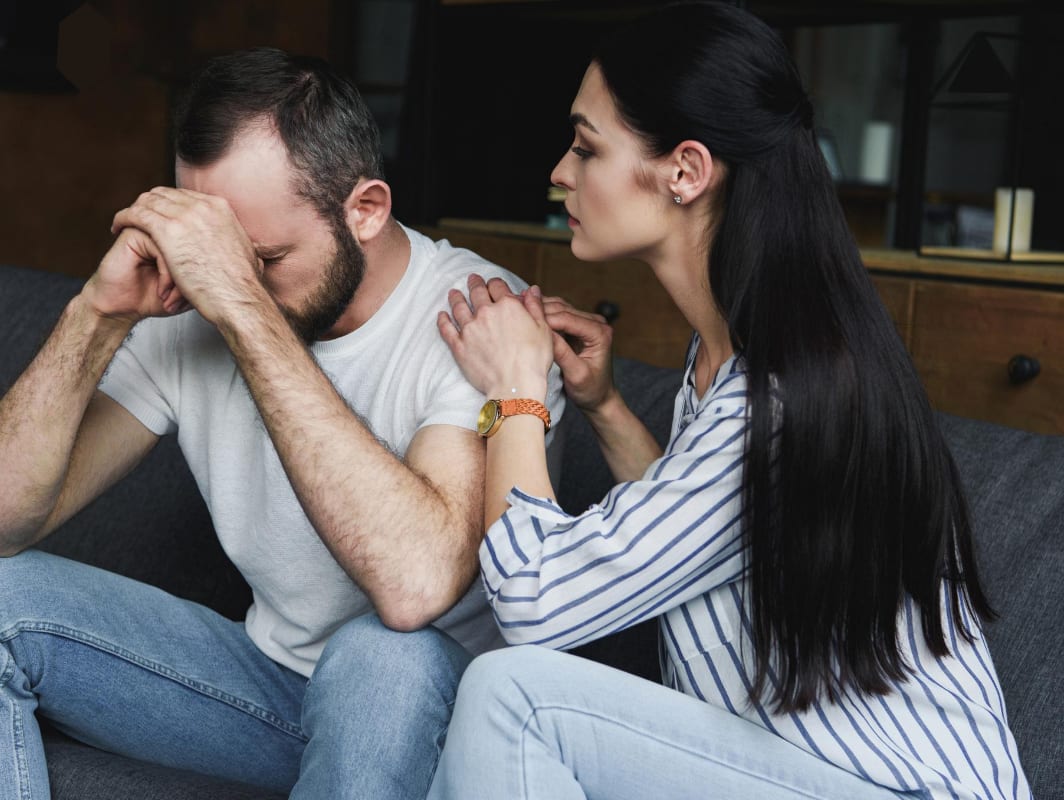

Harley Quinn (Batman) - Wild, unpredictable, and in a toxic love affair with the Joker.
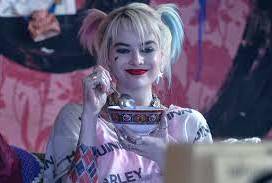
Harley Quinn (Batman)
Attachment Style: Disorganized Attachment
Harley Quinn from DC Comics displays characteristics of a disorganized attachment style, primarily seen in her chaotic and impulsive behavior. Her actions are often unpredictable and lack consideration for consequences, reflecting the erratic and unstable responses typical in disorganized attachment. This behavior pattern points to a deep-seated inconsistency in how she manages relationships and emotional responses.
Her backstory, which includes a history of trauma and abuse, especially in her complex and abusive relationship with the Joker, further cements her disorganized attachment style. This traumatic bonding creates a conflicting dynamic of attraction and fear towards her abuser, a key feature of disorganized attachment.
Additionally, Harley's struggle with trust and intimacy, oscillating between seeking closeness and pushing it away, highlights the internal conflict and fear of close emotional bonds characteristic of this attachment style.
One minute she’s in love, next minute she’s swinging a bat. Rollercoaster? No, it’s just Harley.


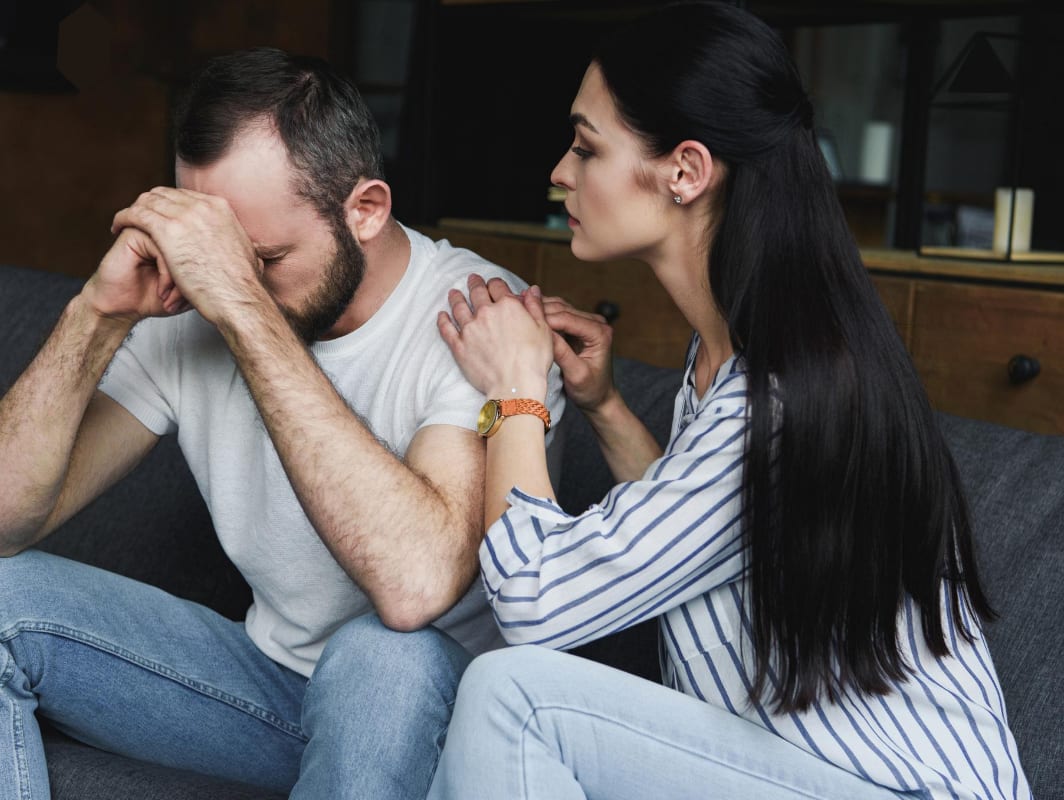

Marge Simpson (The Simpsons) - The rock of her family, always trying to keep everyone together, even when it gets tough.
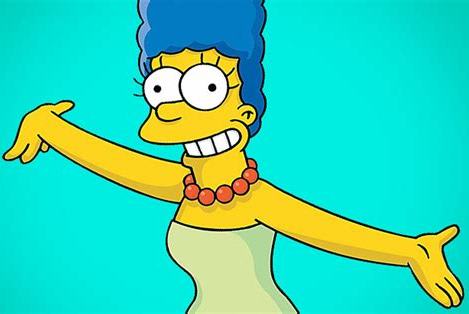
Marge Simpson (The Simpsons)
Attachment Style: Secure Attachment
Marge Simpson from "The Simpsons" is a prime example of a secure attachment style, as seen in her ability to maintain stable, nurturing relationships, especially with her family. She consistently provides emotional support to her husband and children, demonstrating patience and understanding. Her capacity to foster healthy and supportive relationships is a hallmark of secure attachment.
In addition to her nurturing role, Marge also exhibits a healthy balance of independence and interdependence. She supports her family's needs while pursuing her own interests and hobbies, maintaining her identity within the family dynamic.
Furthermore, her positive self-esteem and adaptability in various family situations reflect her secure attachment style. Marge's ability to adapt while keeping a positive self-view showcases her well-rounded and stable approach to relationships and life challenges.
Blue hair, big heart, always there for her family - even when Homer finds new ways to mess up.


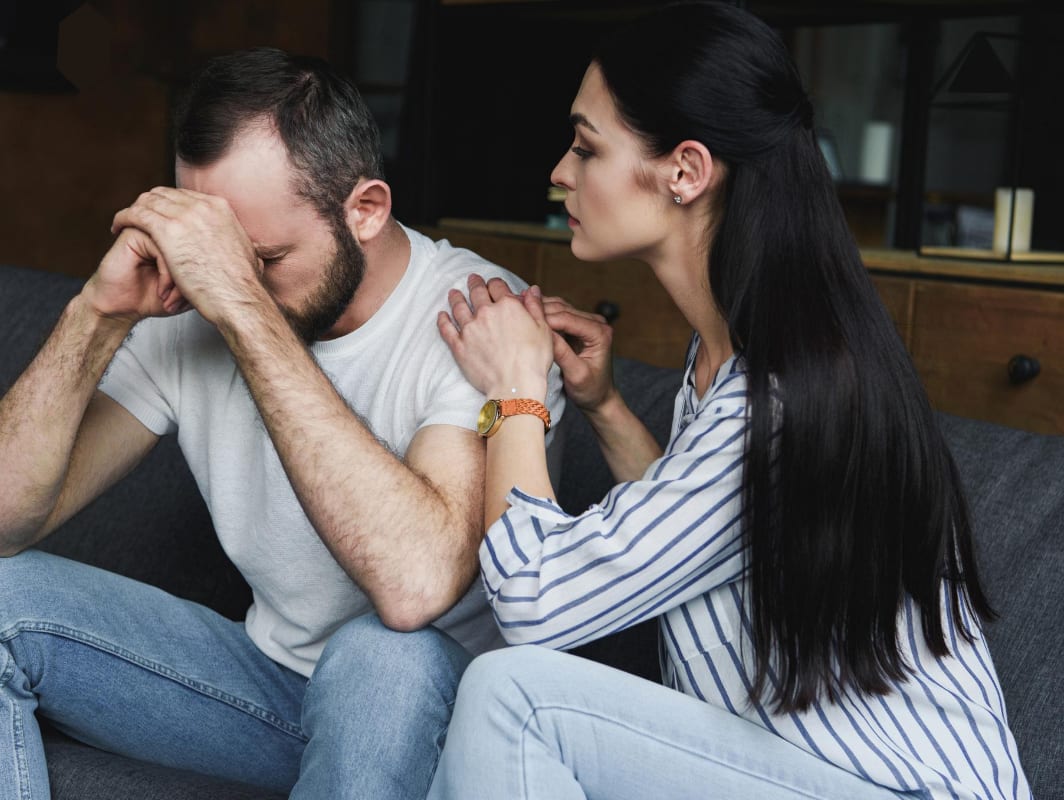

Jean-Luc Picard (Star Trek) - A leader who keeps a professional distance but cares deeply about his crew.
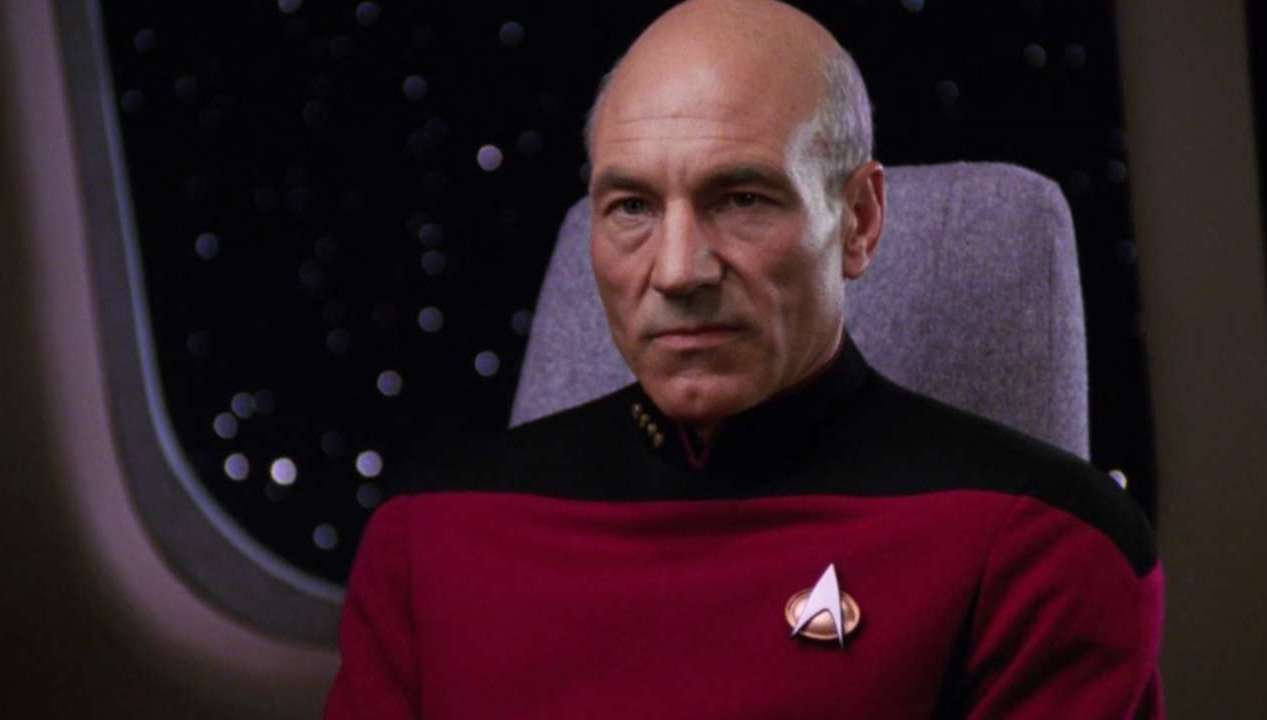
Jean-Luc Picard (Star Trek)
Attachment Style: Avoidant Attachment
Jean-Luc Picard from "Star Trek" exhibits an avoidant attachment style, shaped significantly by his traumatic past experiences. Notable events such as his assimilation by the Borg and the tragic loss of his family have likely influenced him to emotionally distance himself from others, a common response to avoid further emotional pain. Such traumatic experiences often lead individuals to develop avoidant behaviors as a means of self-protection.
In addition to his past traumas, Picard's strong commitment to his career in Starfleet and his preference for independence further exemplify his avoidant attachment style. He often prioritizes his professional responsibilities over personal relationships, immersing himself in work to avoid the vulnerabilities of close relationships.
His reserved demeanor and controlled emotional expression, rarely sharing personal feelings or vulnerabilities, are also indicative of an avoidant approach to relationships, where maintaining emotional distance and autonomy is key.
"Feelings? No thanks, I’ll take a spaceship and a cup of Earl Grey." Space: the final frontier... for emotions.




Andy Dufresne (The Shawshank Redemption) - Quiet, a bit of a loner, but when he connects, it's deep and meaningful.
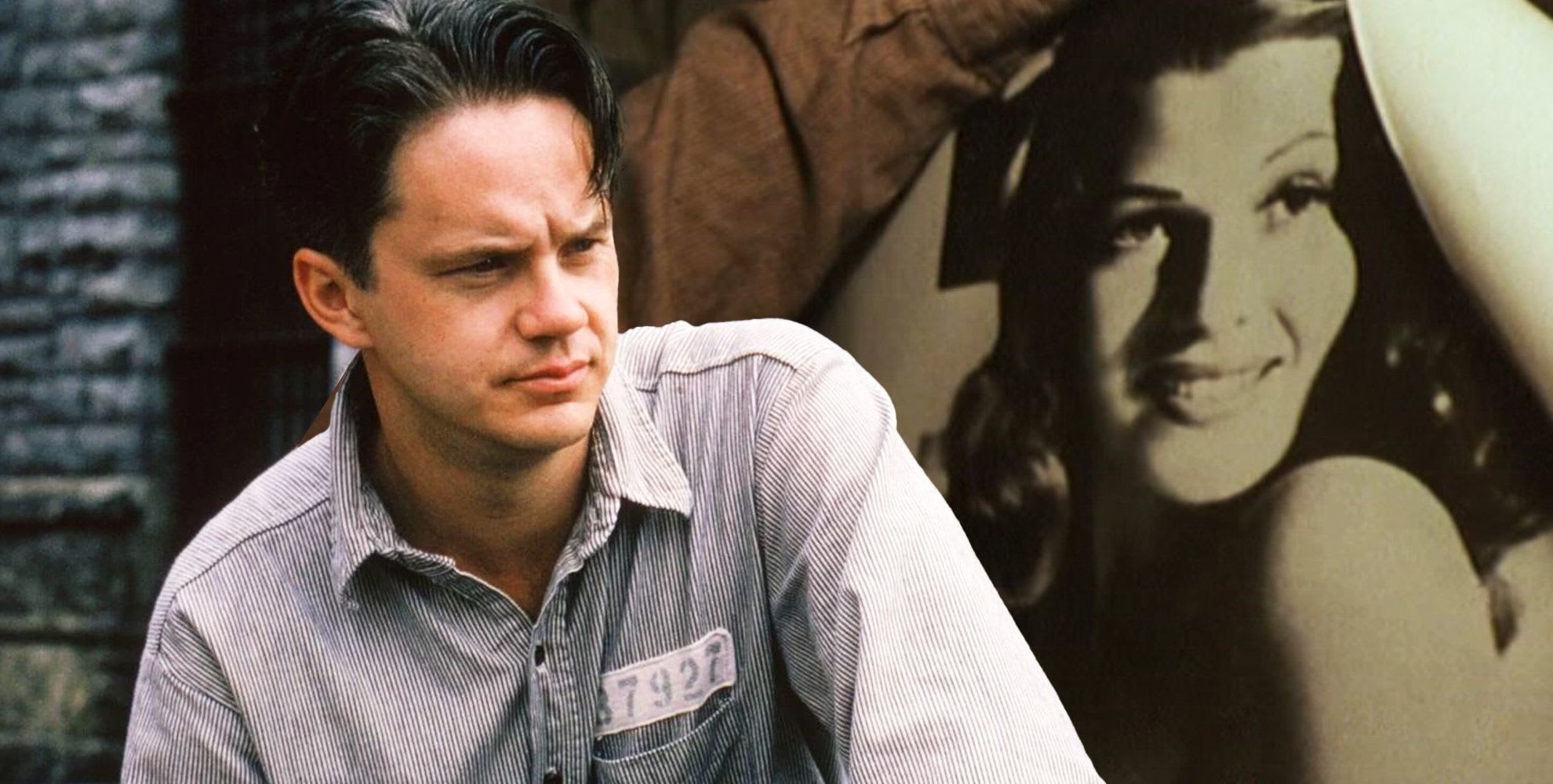
Andy Dufresne (The Shawshank Redemption)
Attachment Style: Secure Attachment
Andy Dufresne from "The Shawshank Redemption" demonstrates a secure attachment style through his resilience and positive outlook in the face of adversity. His capacity to adapt to the challenging environment of prison, coupled with his efforts to bring positive changes like improving the library, showcases his ability to maintain hope and resilience, traits often associated with secure attachment.
In addition, Andy's ability to form and maintain stable relationships in the stressful and oppressive environment of prison, especially his friendship with Red, highlights his secure attachment style.
These relationships, characterized by trust, mutual respect, and emotional support, are indicative of his ability to connect deeply with others. His strong sense of self-esteem and independence, balanced with his relational approach, further cements his secure attachment tendencies.
"Oh, just crawling through a mile of, you know, stuff. No big deal."


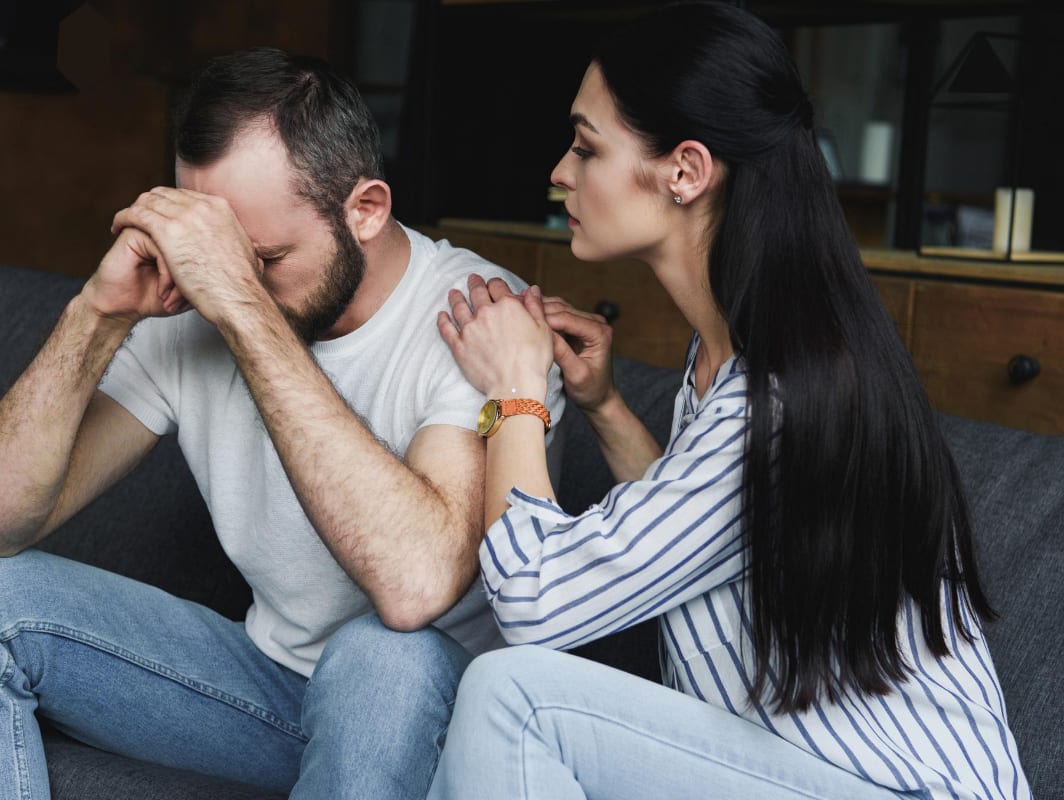

Cristina Yang (From Grey's Anatomy) - A surgical genius who keeps her scalpel sharp and her heart guarded. She's as tough on the outside as she is wary of getting too close on the inside. Can you diagnose her attachment style?

Cristina Yang (From "Grey's Anatomy")
Attachment Style: Avoidant Attachment
Cristina Yang from "Grey's Anatomy" displays an avoidant attachment style primarily through her prioritization of career and her emphasis on self-reliance. Her ambition and focus on professional achievements often come at the expense of her personal relationships.
This strong dedication to work and personal goals, commonly seen in individuals with avoidant attachment, serves as a mechanism to avoid emotional closeness and dependency.
Additionally, Cristina's emotional guardedness and high value for independence further signify her avoidant attachment style. She tends to keep people, especially romantic partners, at a distance and struggles with expressing vulnerability. Influences from her background, including her upbringing and the early loss of her father, likely play a role in shaping these tendencies.
These aspects of her character demonstrate a preference for emotional distance as a protective measure in her relationships.


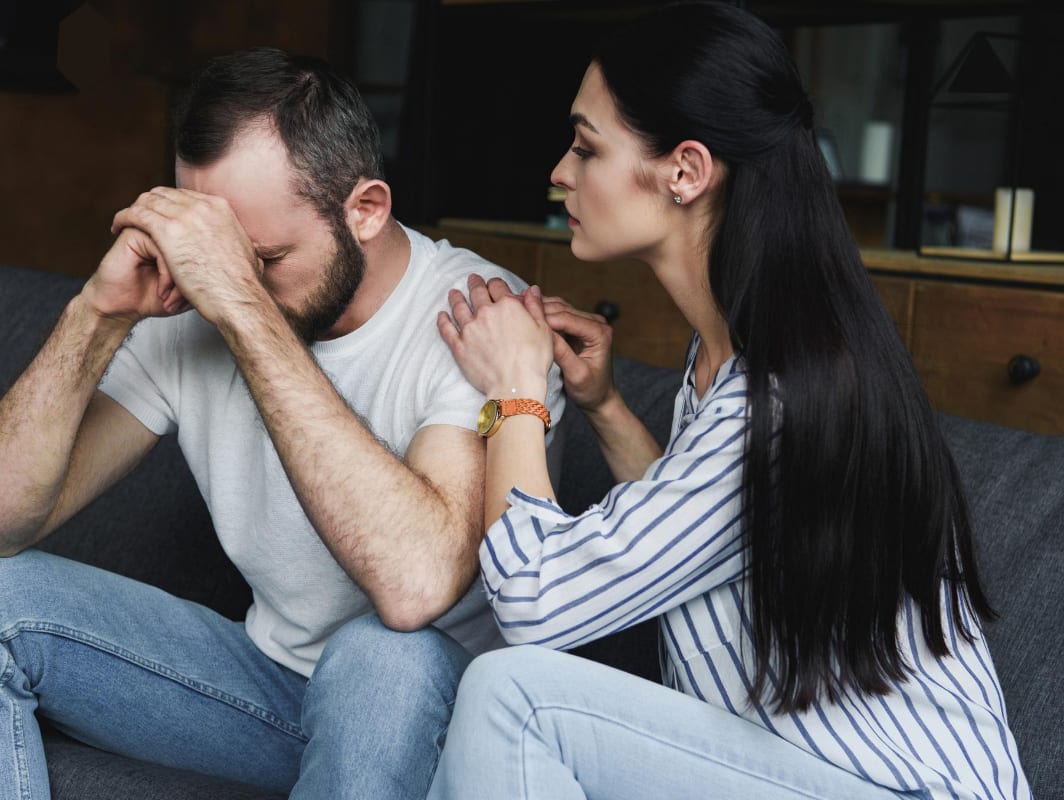

T'Challa (Black Panther from 'Black Panther') - He's the king who's got it all: a kingdom, a suit that absorbs punches, and a solid head on his shoulders. He's as reliable in relationships as he is in a fight. What’s his style?
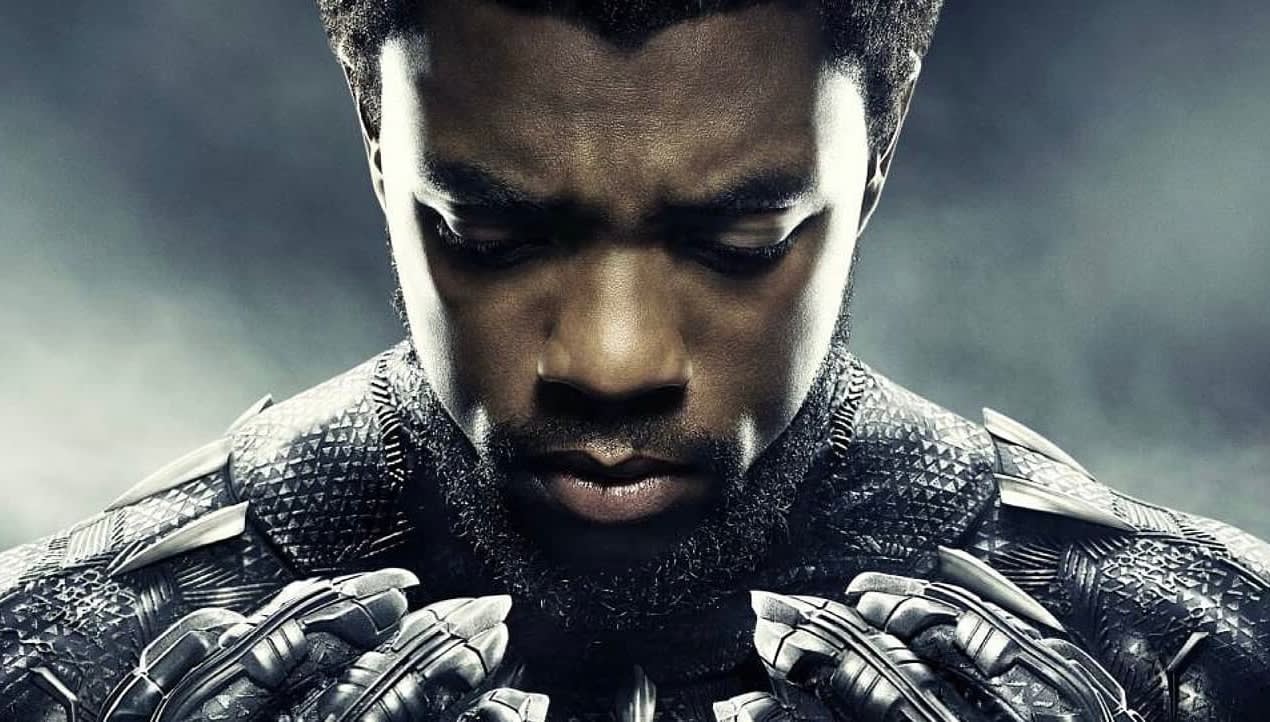
T'Challa (Black Panther from "Black Panther")
Attachment Style: Secure Attachment
T'Challa's upbringing in the royal family of Wakanda significantly contributed to his secure attachment style, as depicted in Marvel's "Black Panther." Raised in a supportive family environment, he benefited from the guidance and leadership of his father, King T'Chaka. This nurturing familial setting is a critical factor in the development of a secure attachment style, providing emotional support and stability.
Additionally, T'Challa was deeply ingrained in the strong cultural and community values of Wakanda, fostering a sense of belonging and security. His early exposure to leadership responsibilities, being groomed as the future king, also played a vital role.
This combination of a supportive family, a strong sense of community, and early leadership experiences equipped T'Challa with the confidence, resilience, and stability characteristic of a secure attachment style, shaping his ability to lead as the Black Panther.
T'Challa is king goals. "I run a country, have a cool suit, and still have time for family dinners." That’s some royal multitasking.




Hey, don't sweat that score my new friend!
It's like your first time at karaoke – a bit shaky, but you're in the game!
And you know what's better than karaoke? My Substack newsletter, "In The DRIVER'S Seat: Your Fun-Sized (and Unfilitred) Guide to Decoding Body Language & Nudgging Human Behavior" that's what!
Follow me on Substack for more FUN – and I mean a lot more – with quizzes that'll twist your brain, games as exciting as finding money in old jeans, and tips on body language and emotional intelligence that are as useful as a phone charger at 2%.
Trust me, you wanna be in on this!
xo,
Janine DRIVER
P.S. You'll get the hang of it! Remember, you matter and you belong. Love you!
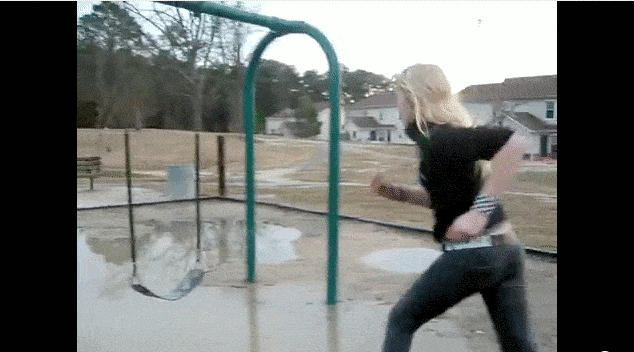
O-kay friend, not too bad...
Here's the deal, you're halfway to being the guru of attachment styles – like a karate student who just got their yellow belt.
Want to go for the black belt? Dive into my Substack newsletter, "In The DRIVER'S Seat: Your Fun-Sized (and Unfiltered) Guide to Decoding Body Language & Nuddging Human Behavior."
It's the place for more wild quizzes, edge-of-your-seat games, and tips on body language and emotional intelligence that’ll make you the Yoda of social skills. So, what are you waiting for? Click the hyperlink above or below, I'm over there waiting for you. :)
Follow me on Substack and let's keep this party of learning rolling!
xo,
Janine DRIVER
P.S. You'll get the hang of it! Remember, you matter and you belong. Love you!
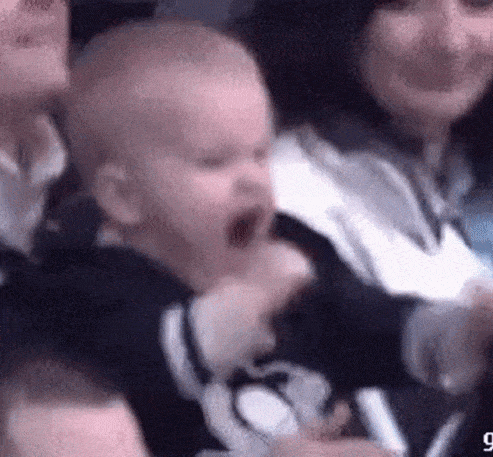
Keep the FUN going and DRIVE into my Substack newsletter, "In The DRIVER'S Seat: Your Fun-Sized (and Unfiltered) Guide to Decoding Body Language & Nuddging Human Behavior." It's packed with even MORE quizzes to flex those brain muscles, games that are as FUN as a surprise birthday party, and all the tips on body language and emotional intelligence you could want – like having a secret playbook for life.
Don't miss out – follow me on Substack for MORE amazing stuff. Let's turn every day into a FUN day!
xo,
Janine DRIVER
P.S. You'll get the hang of it! Remember, you matter and you belong. Love you!
